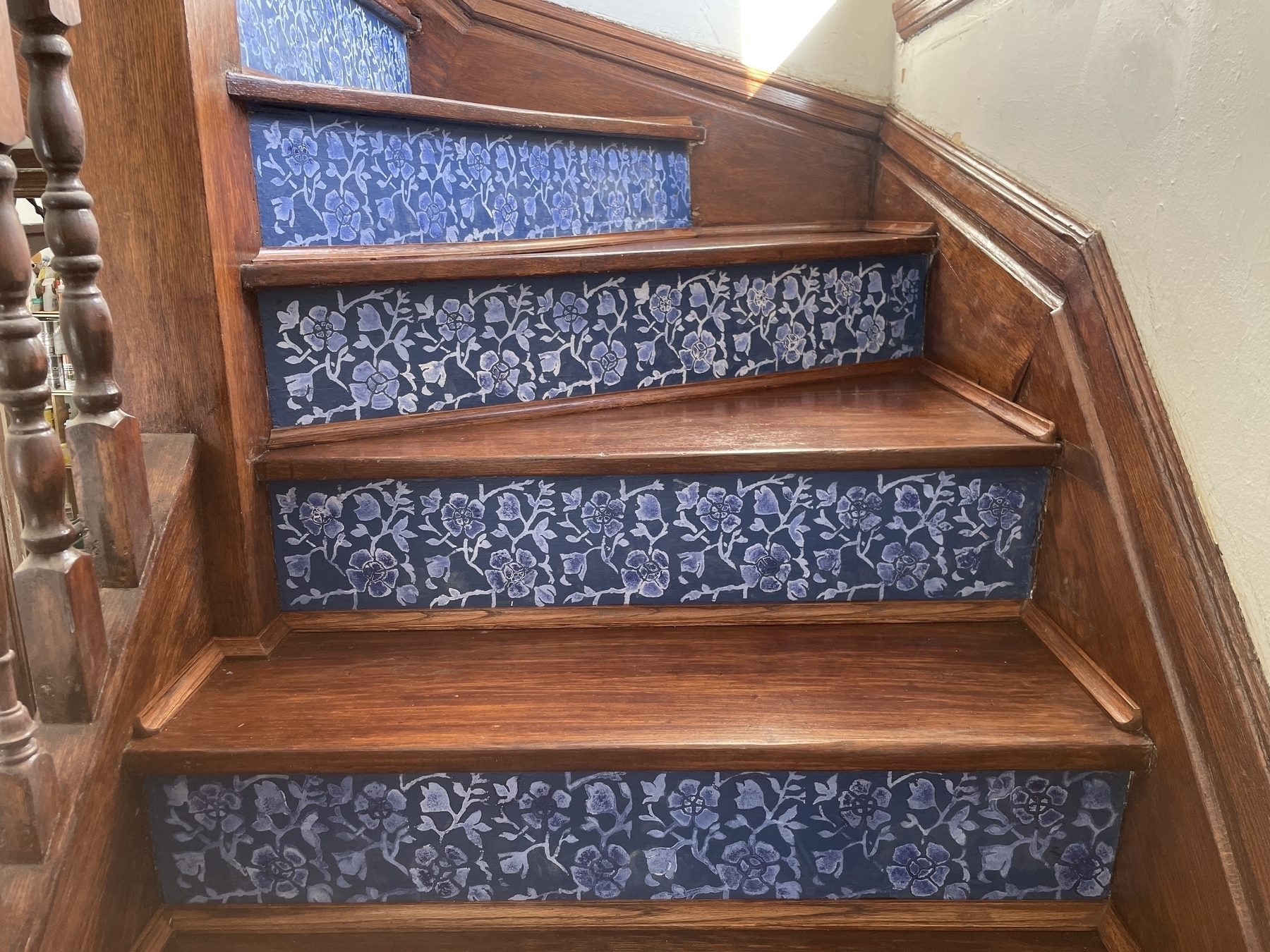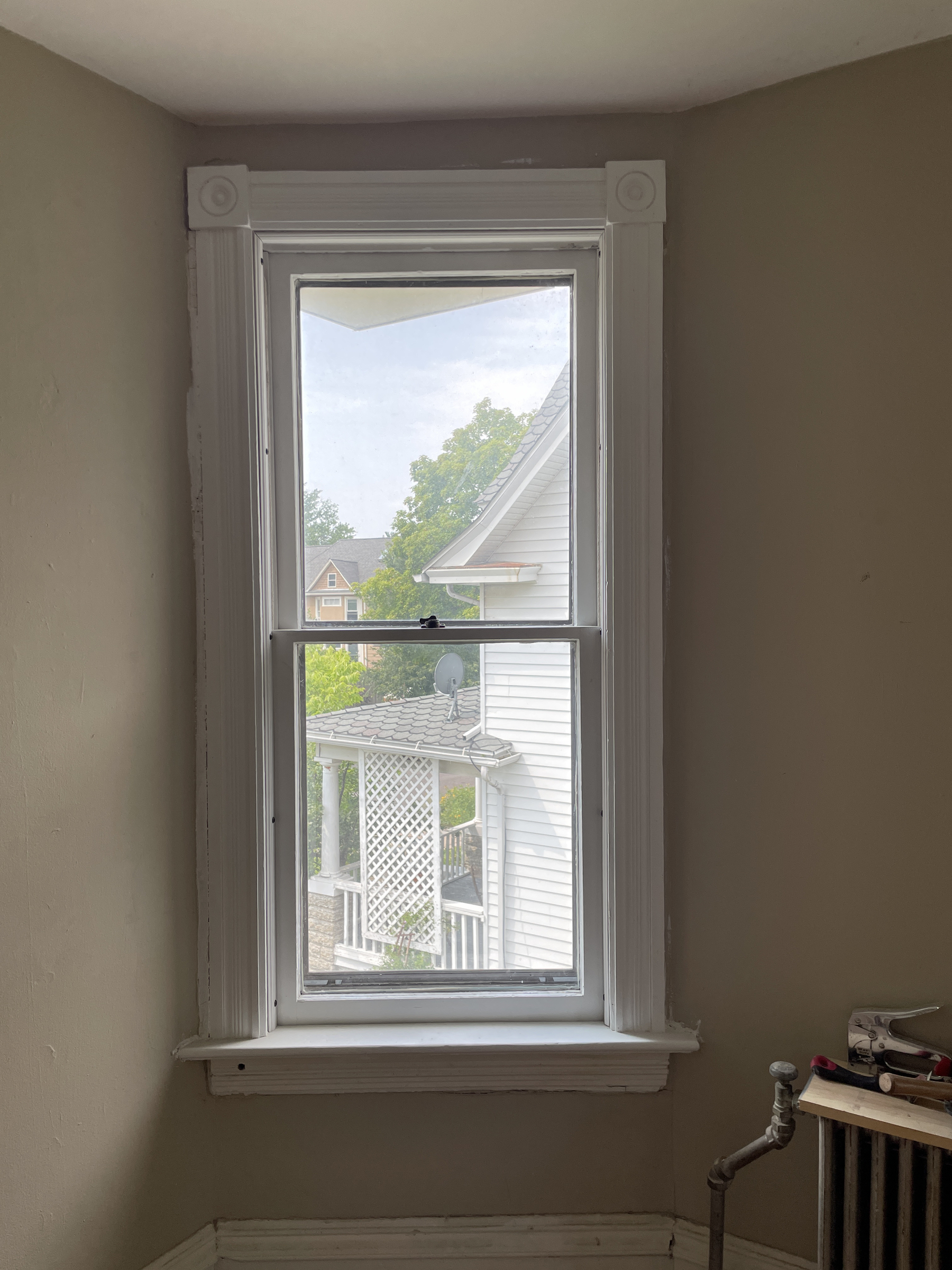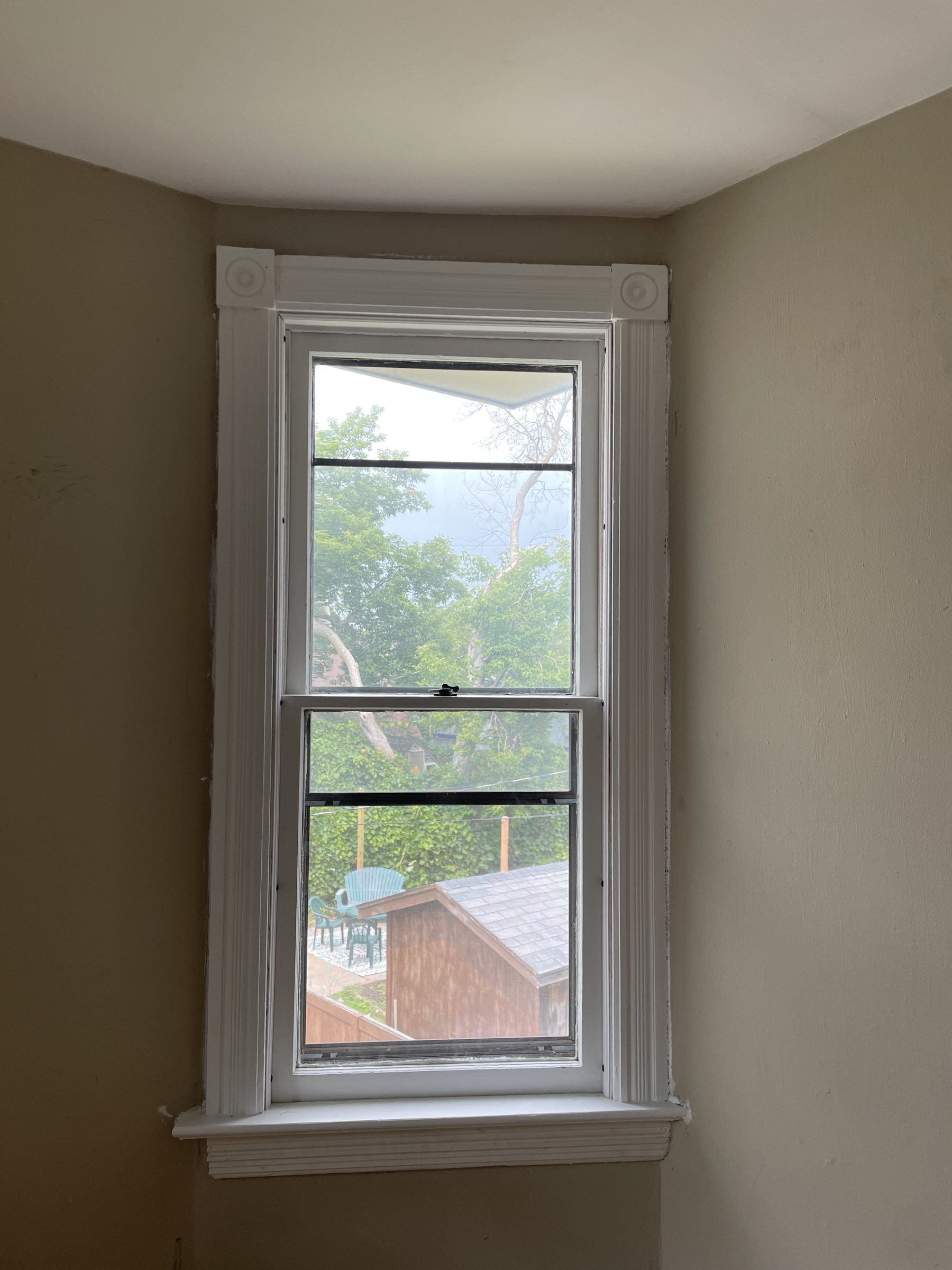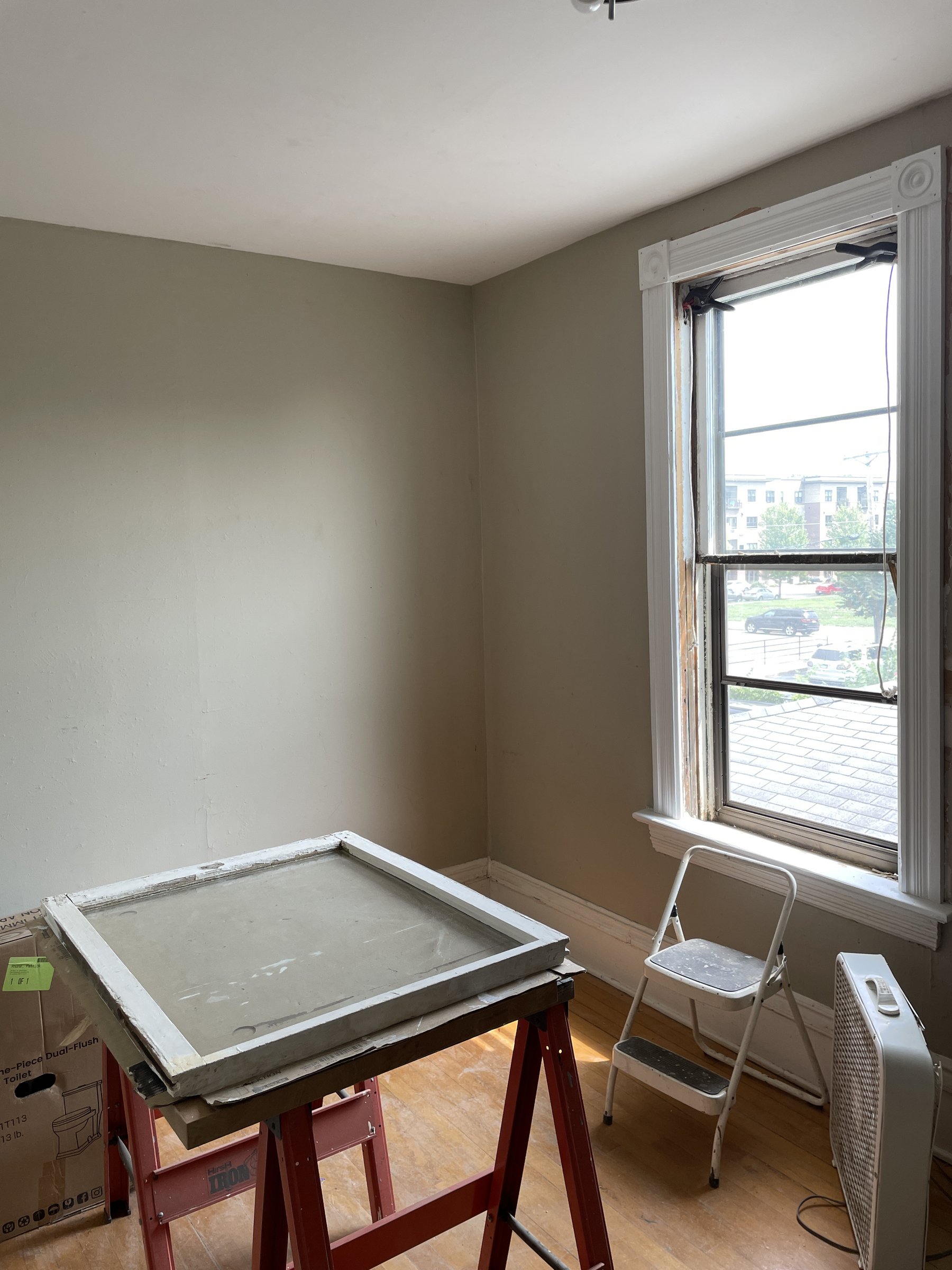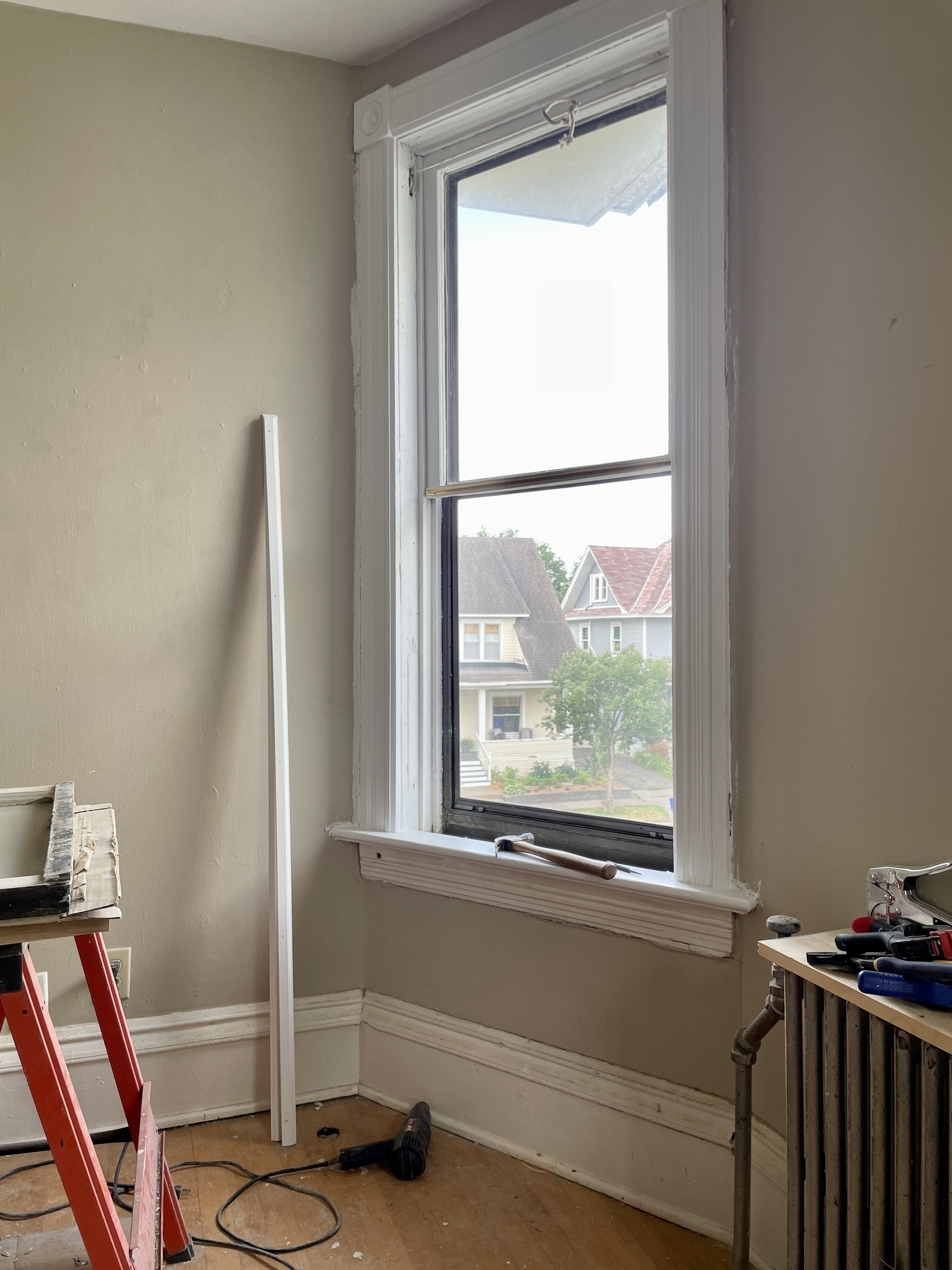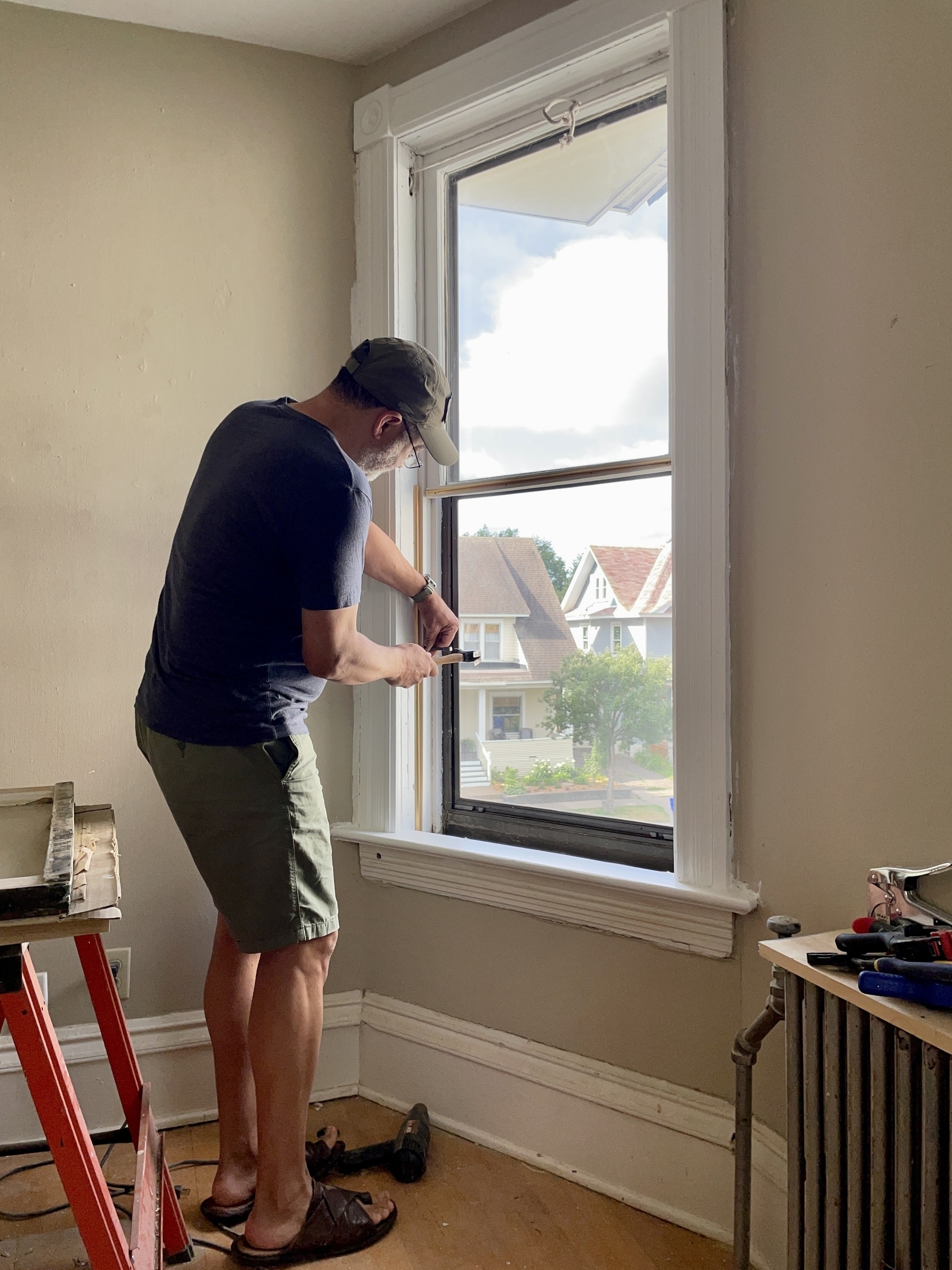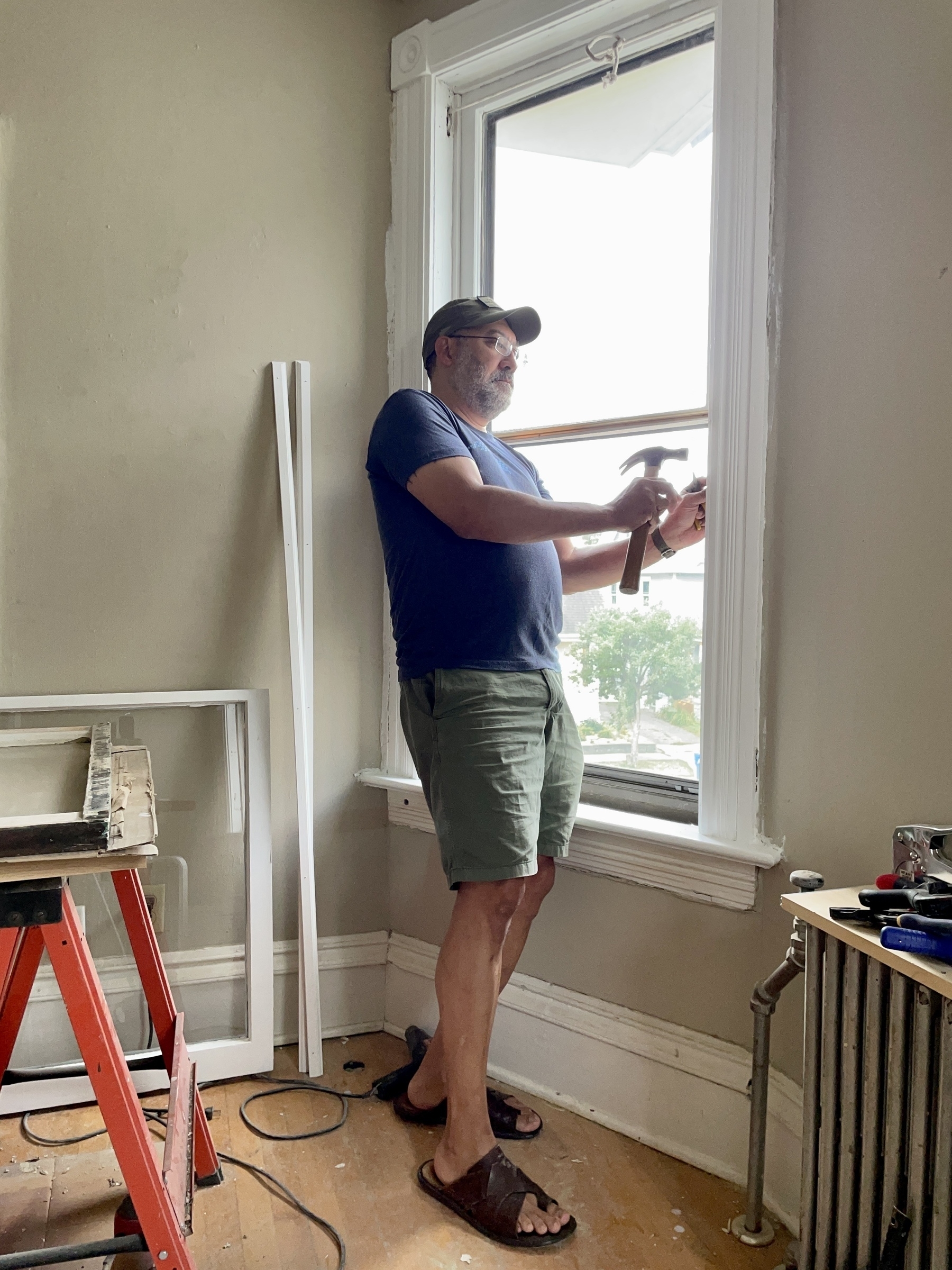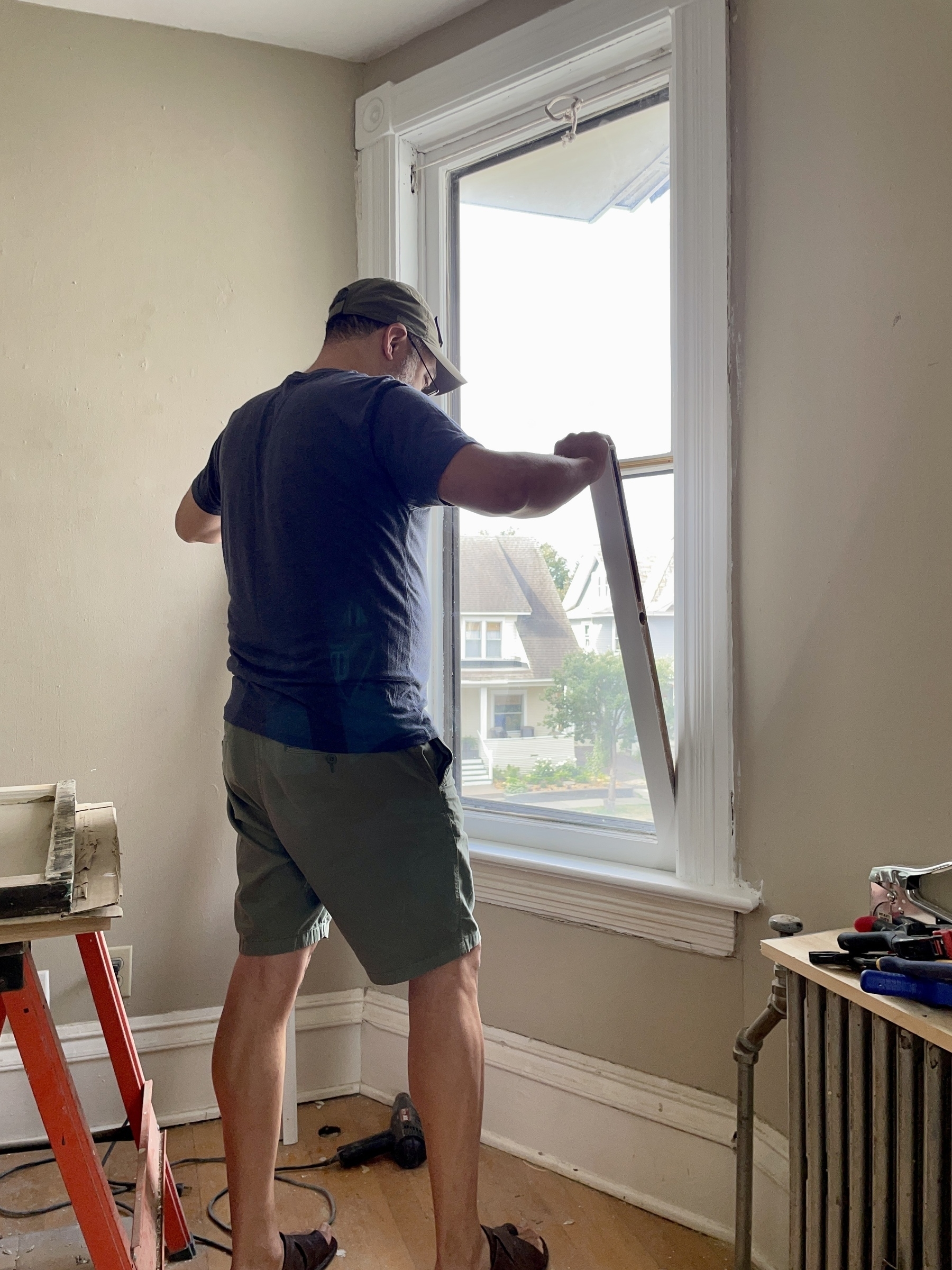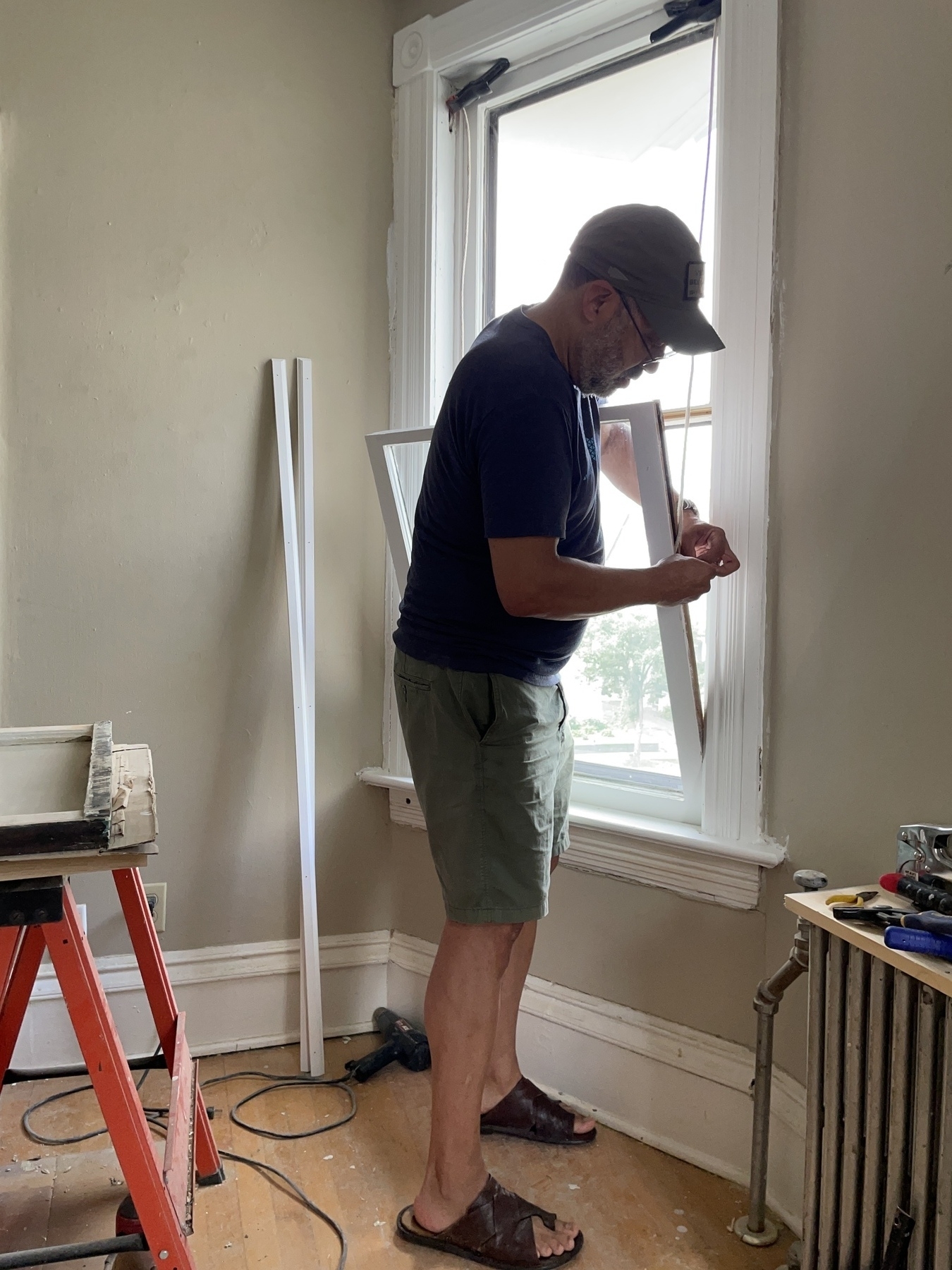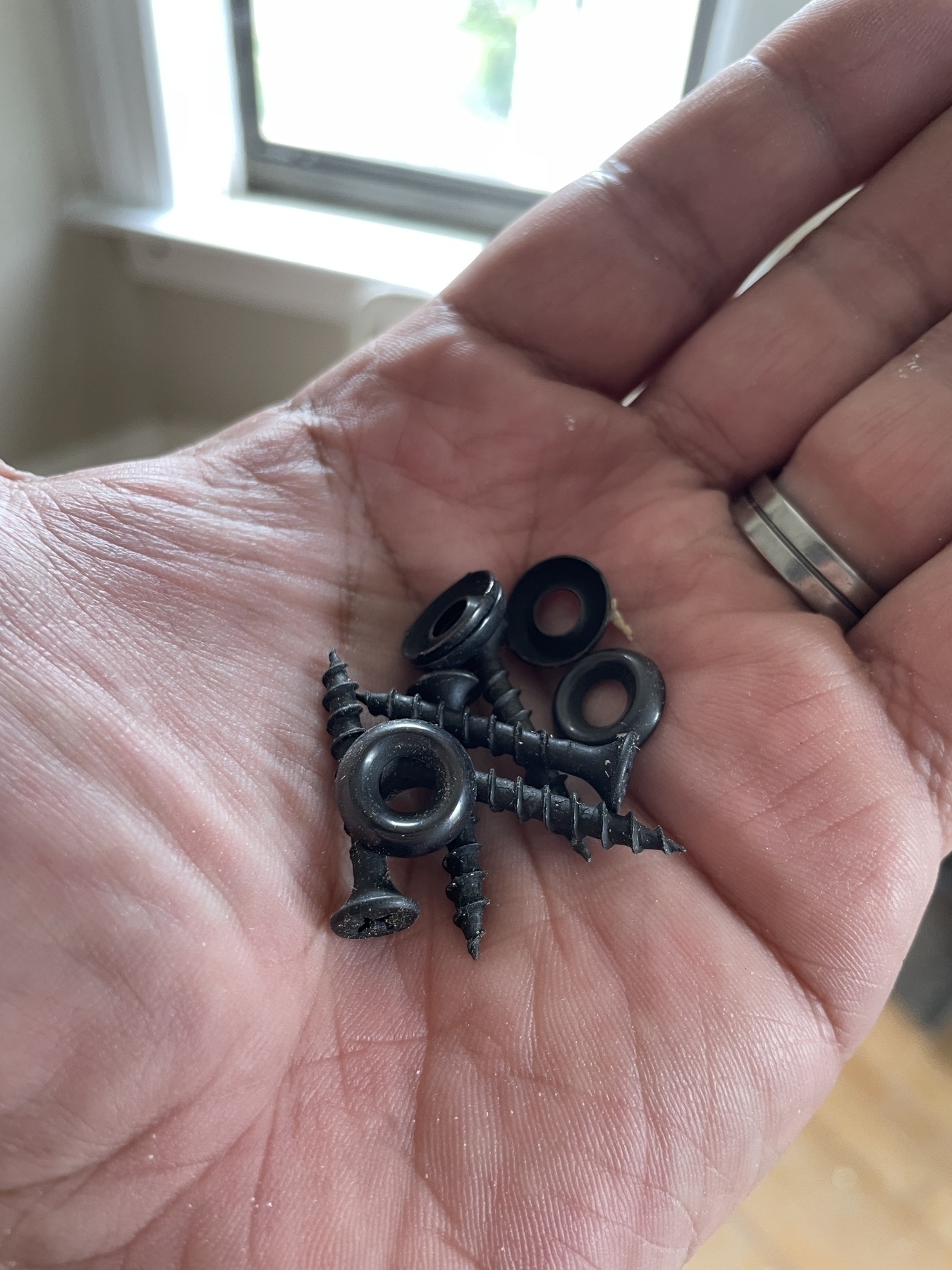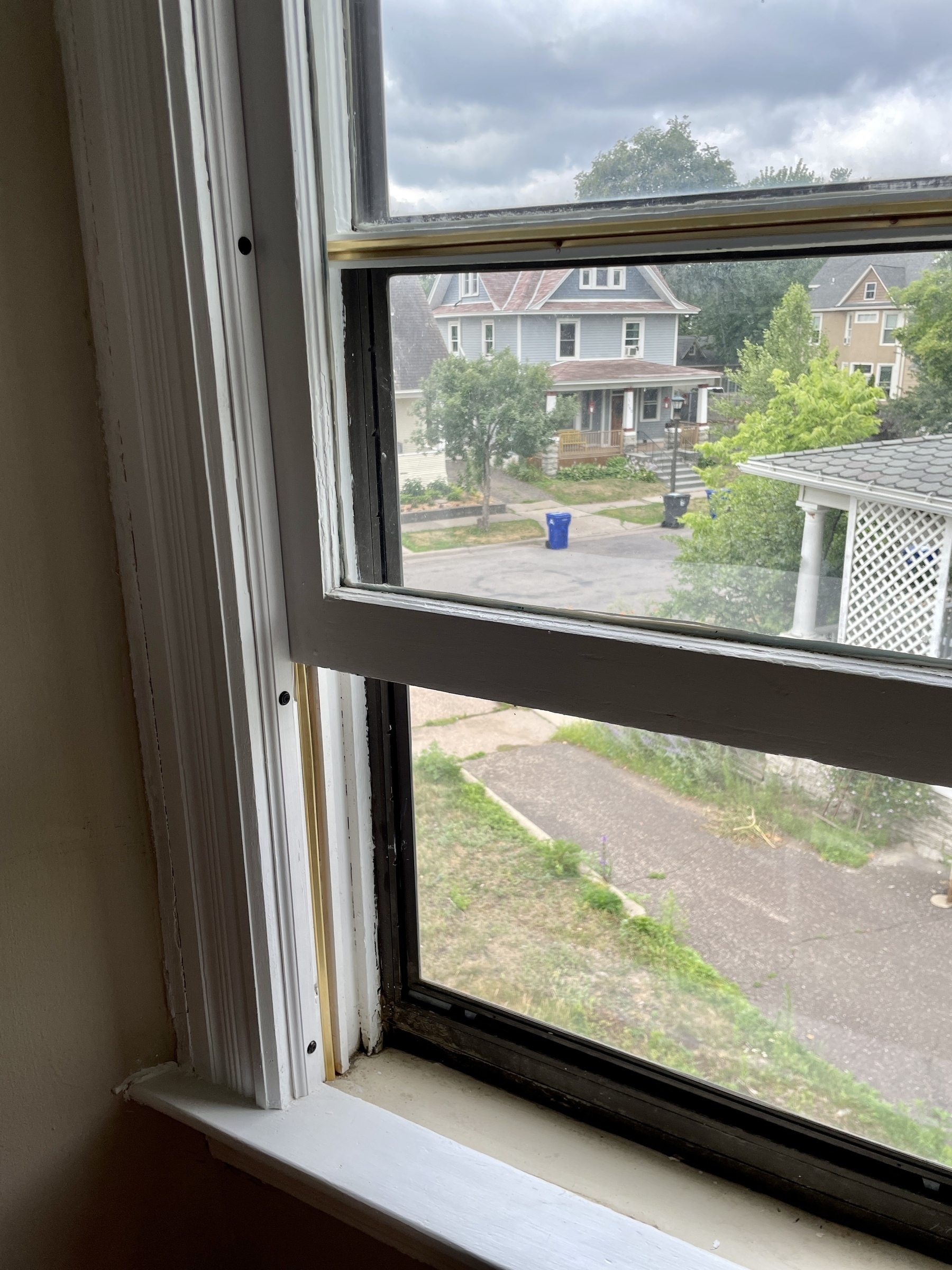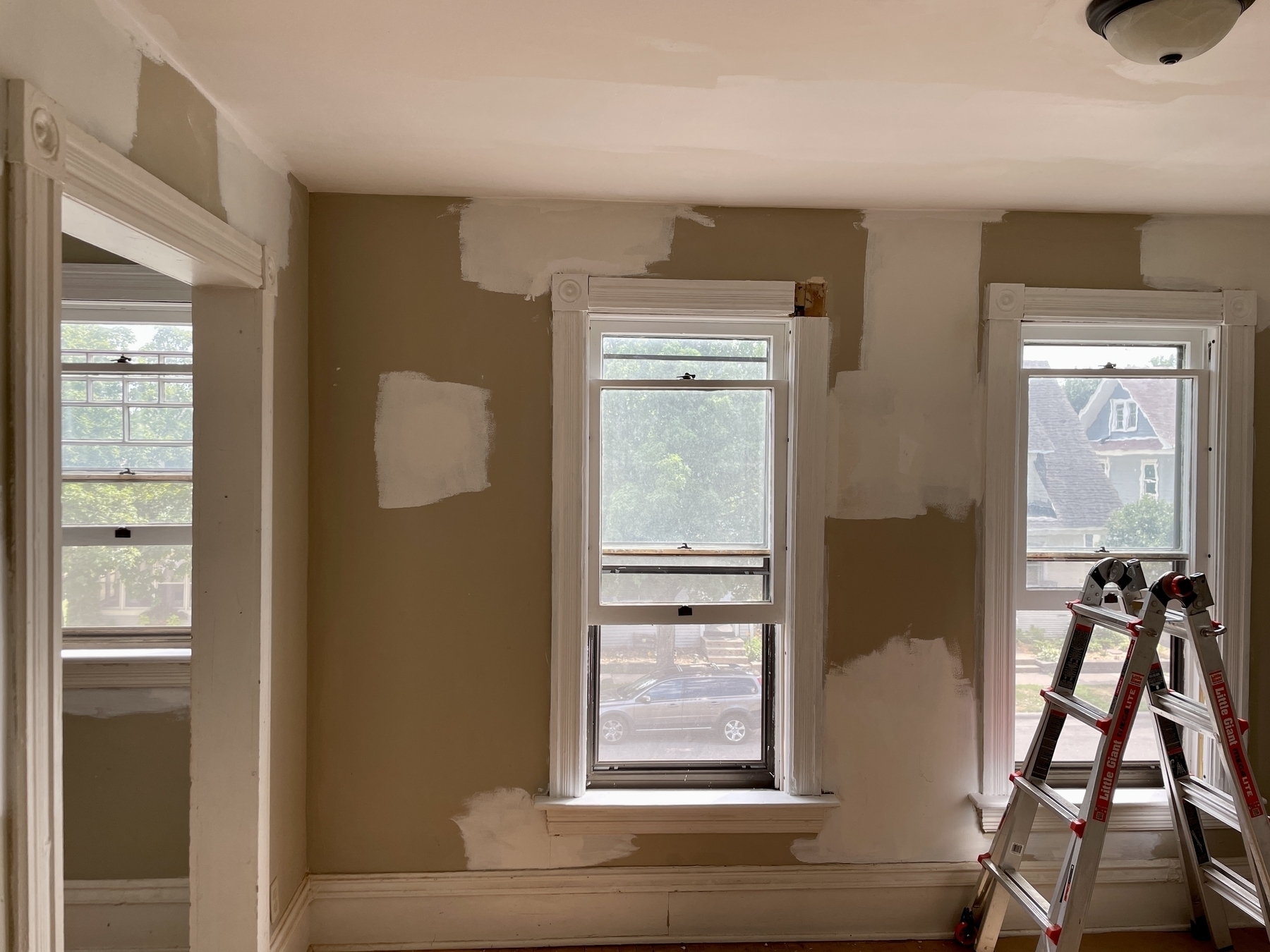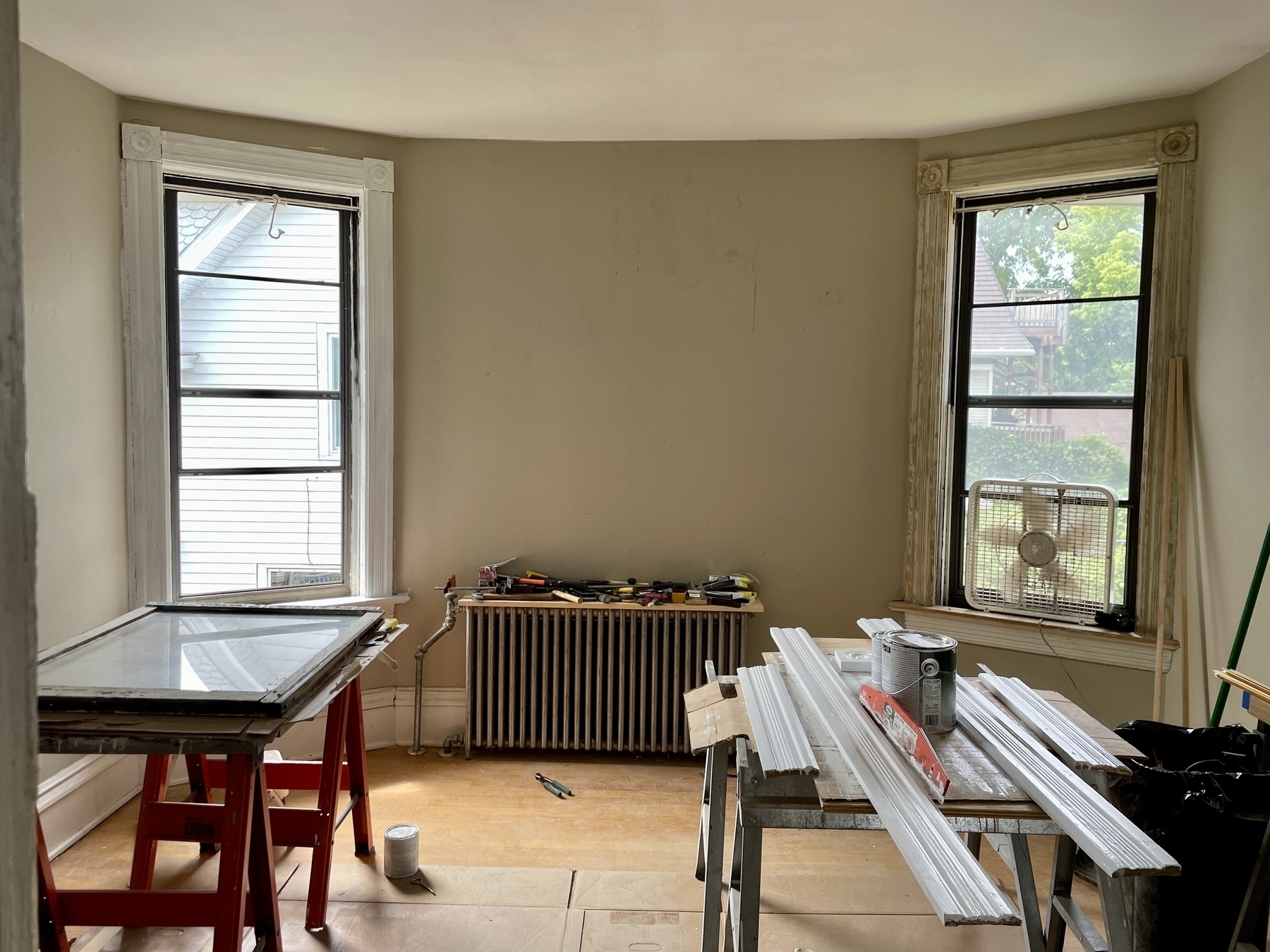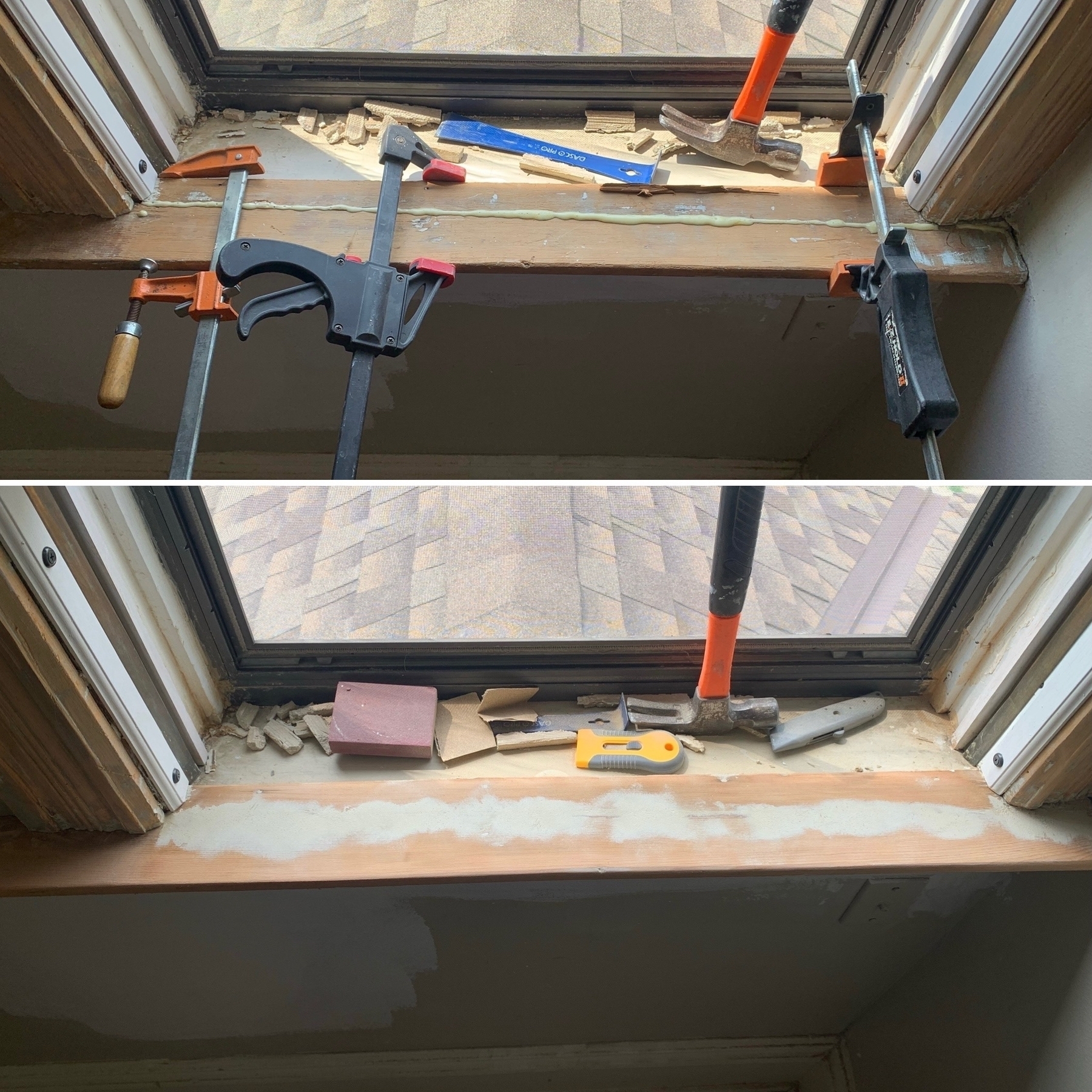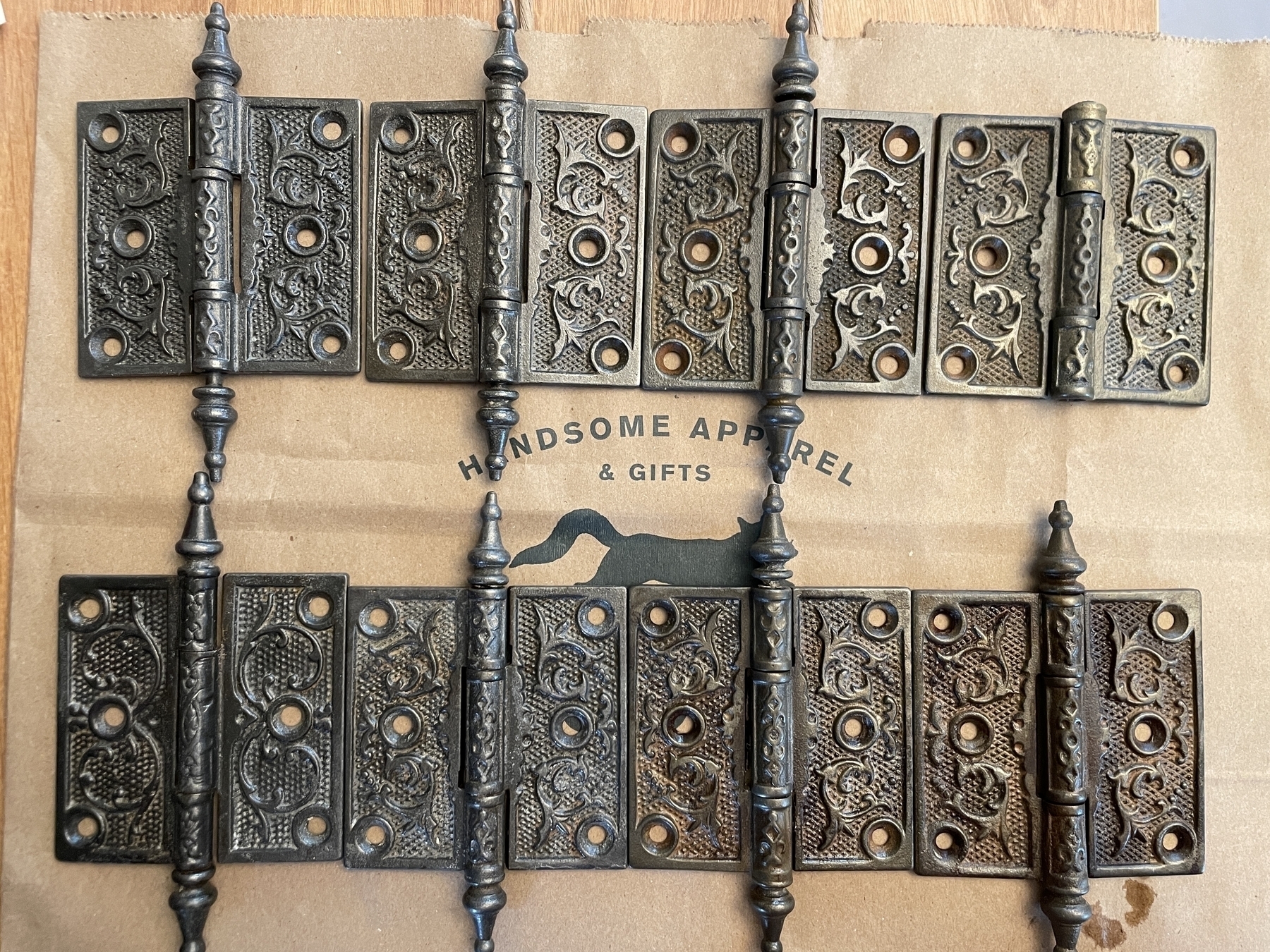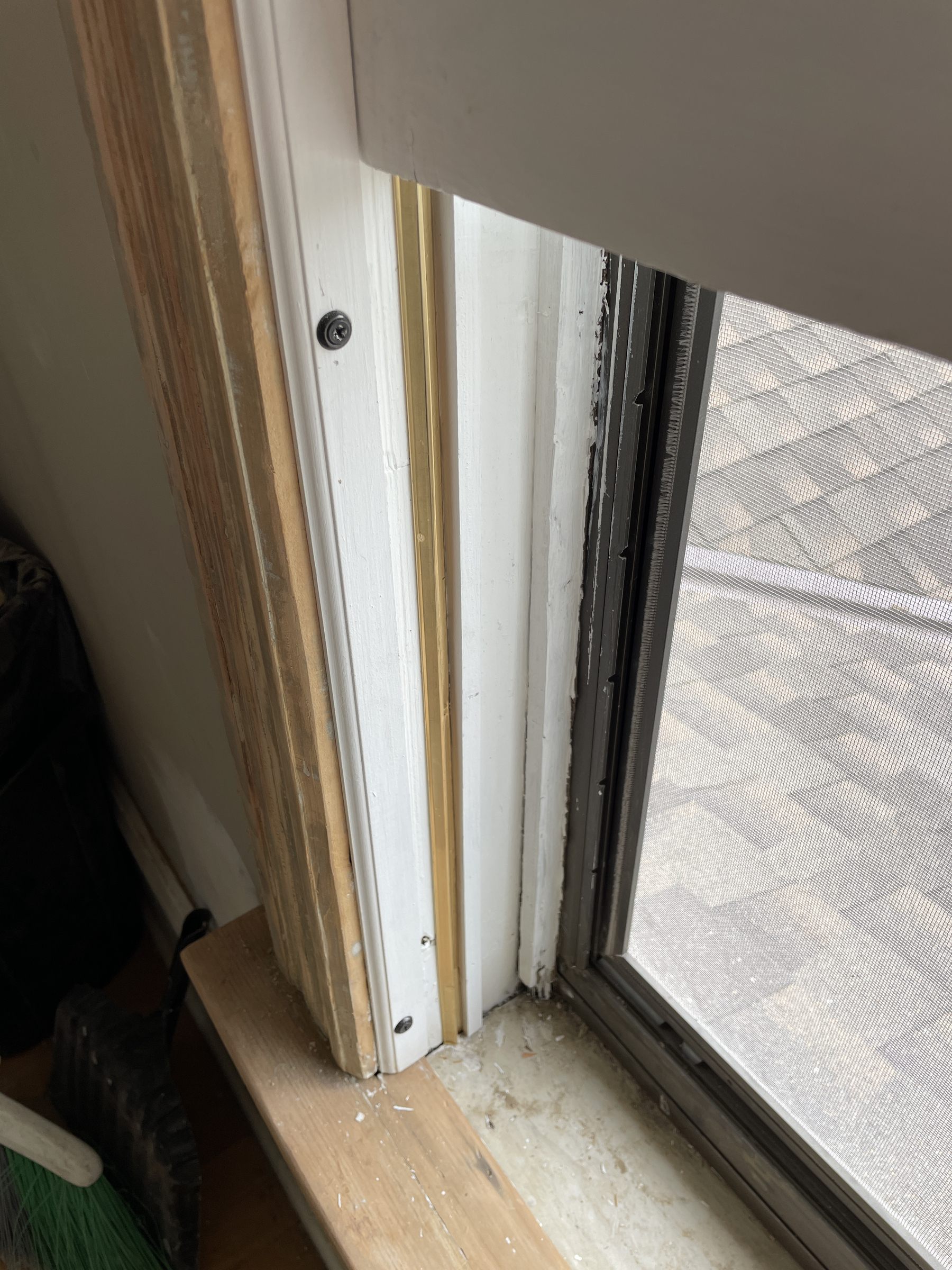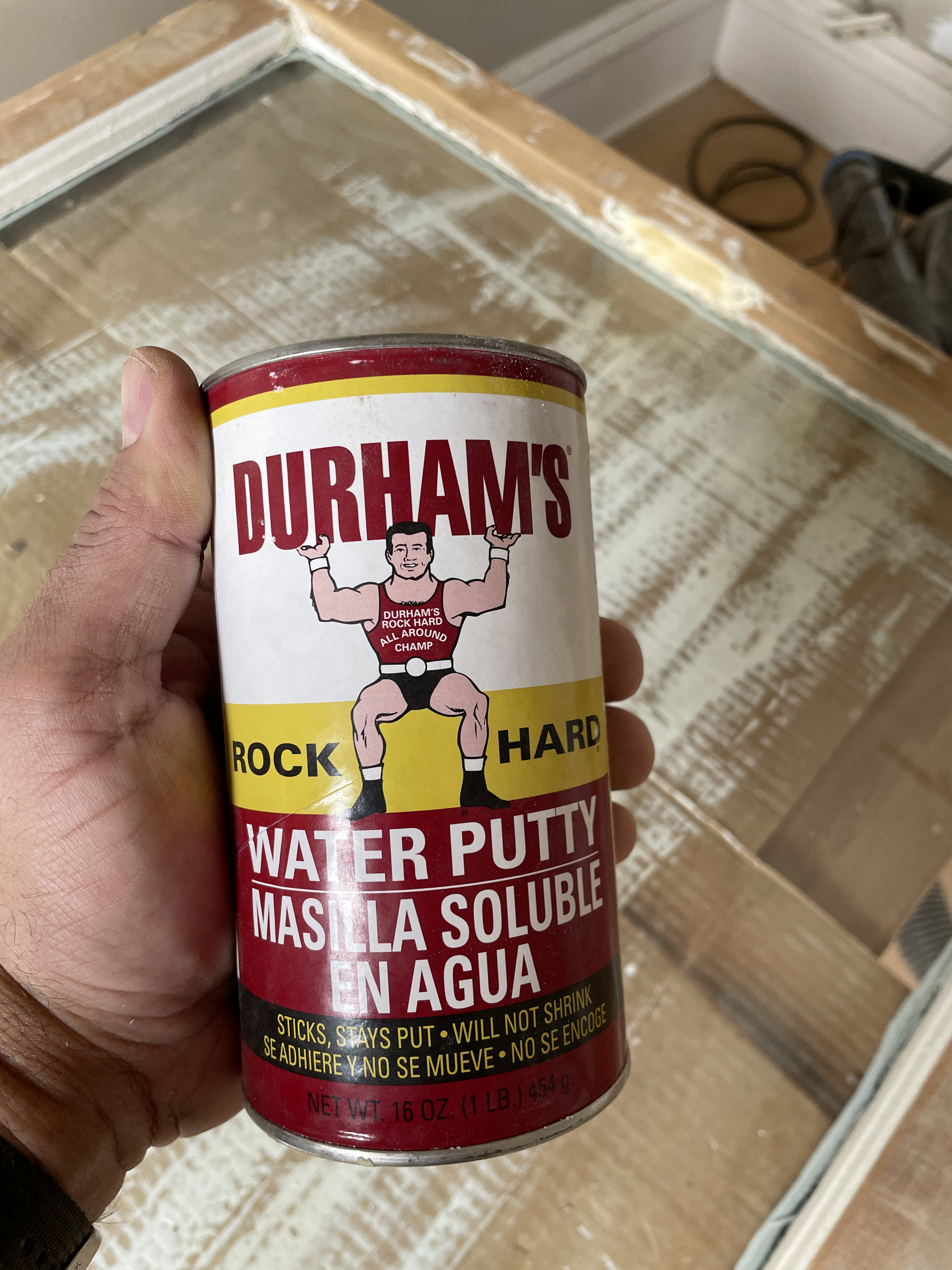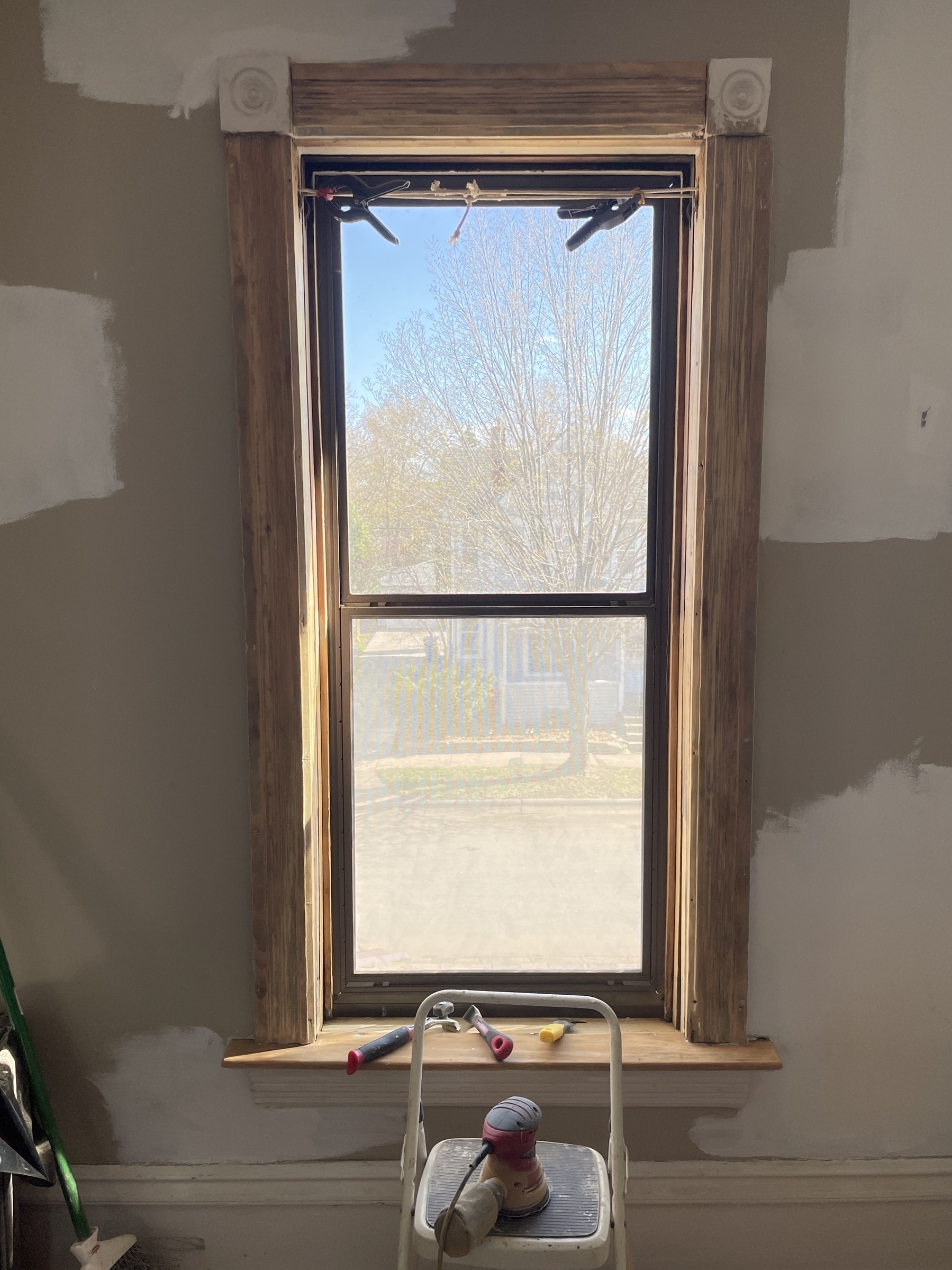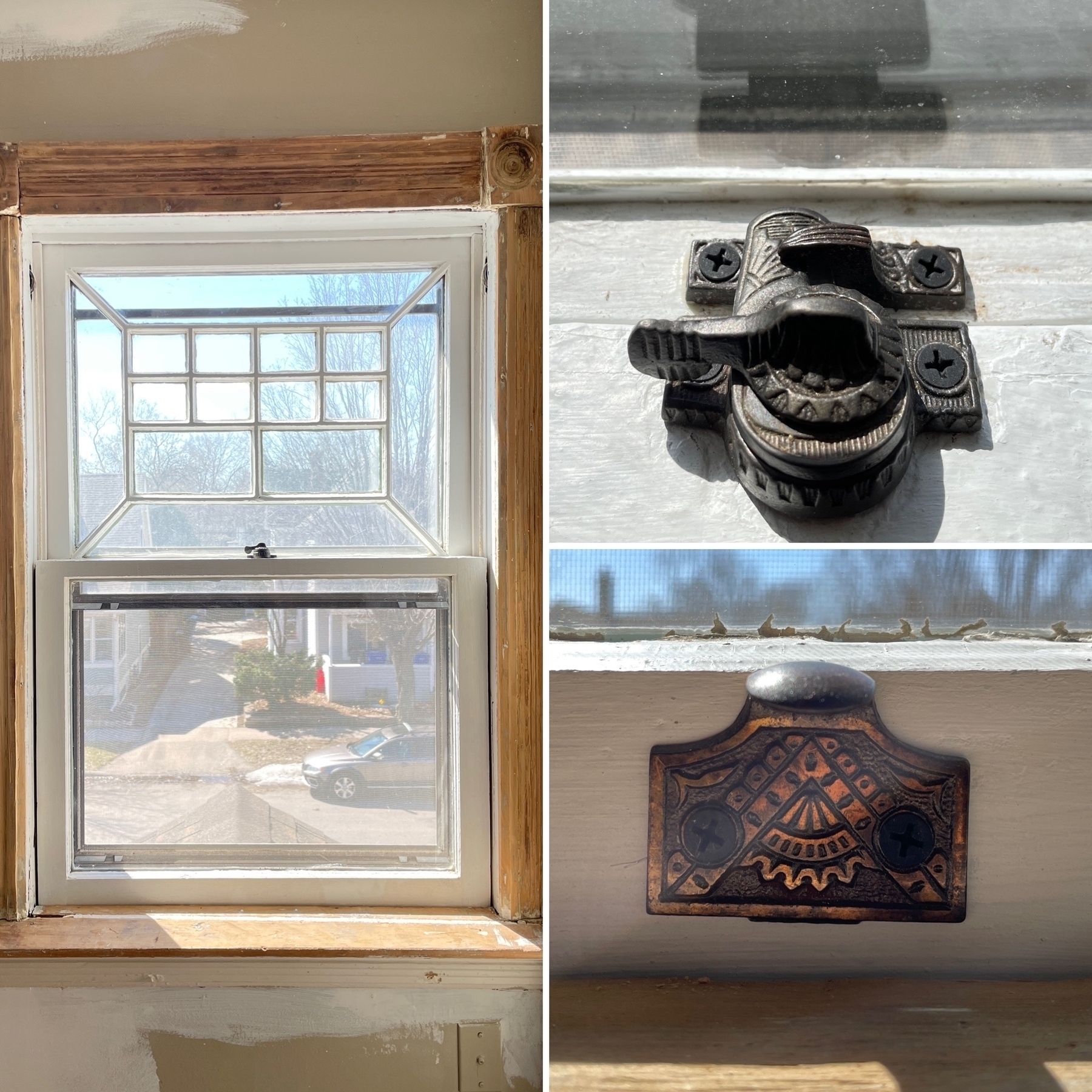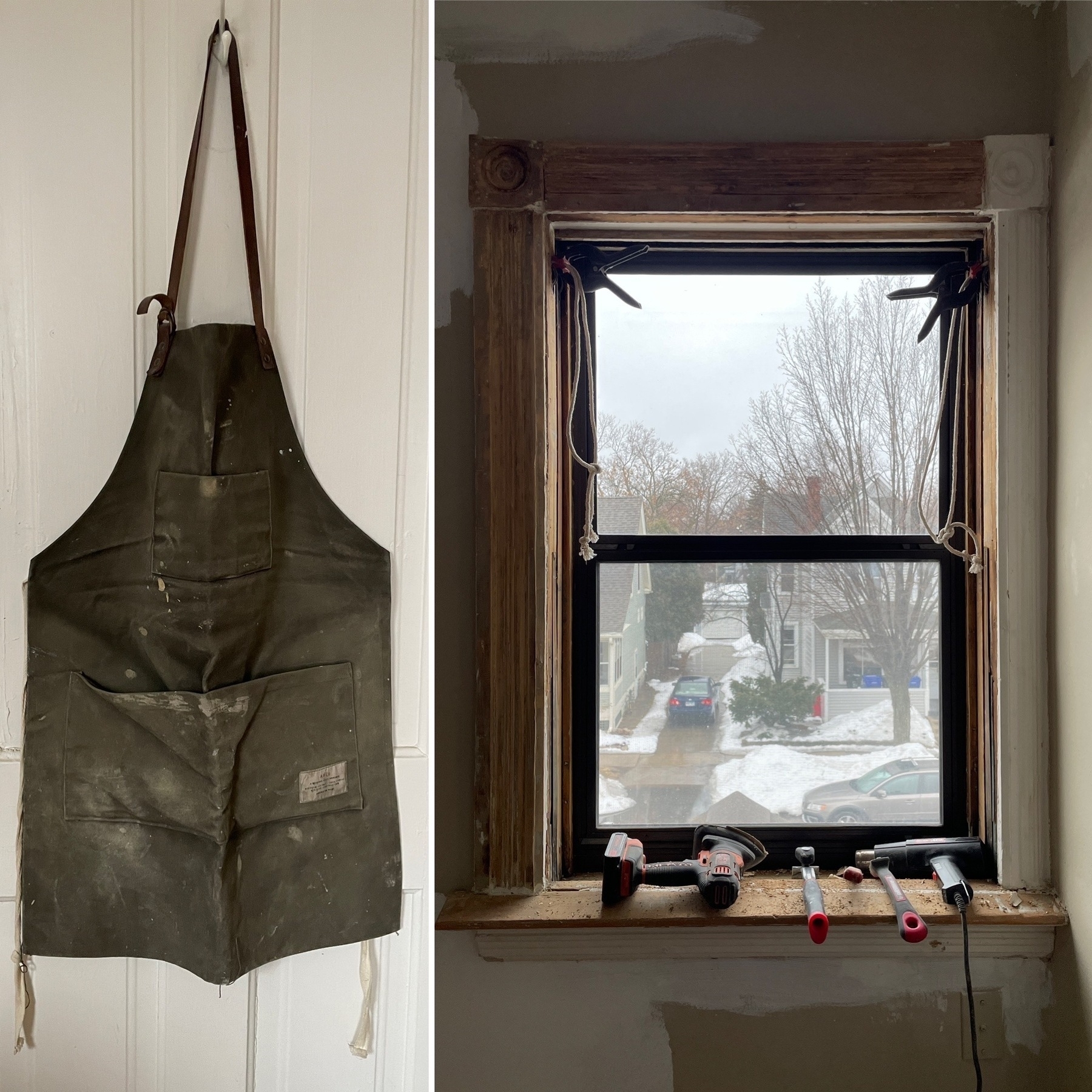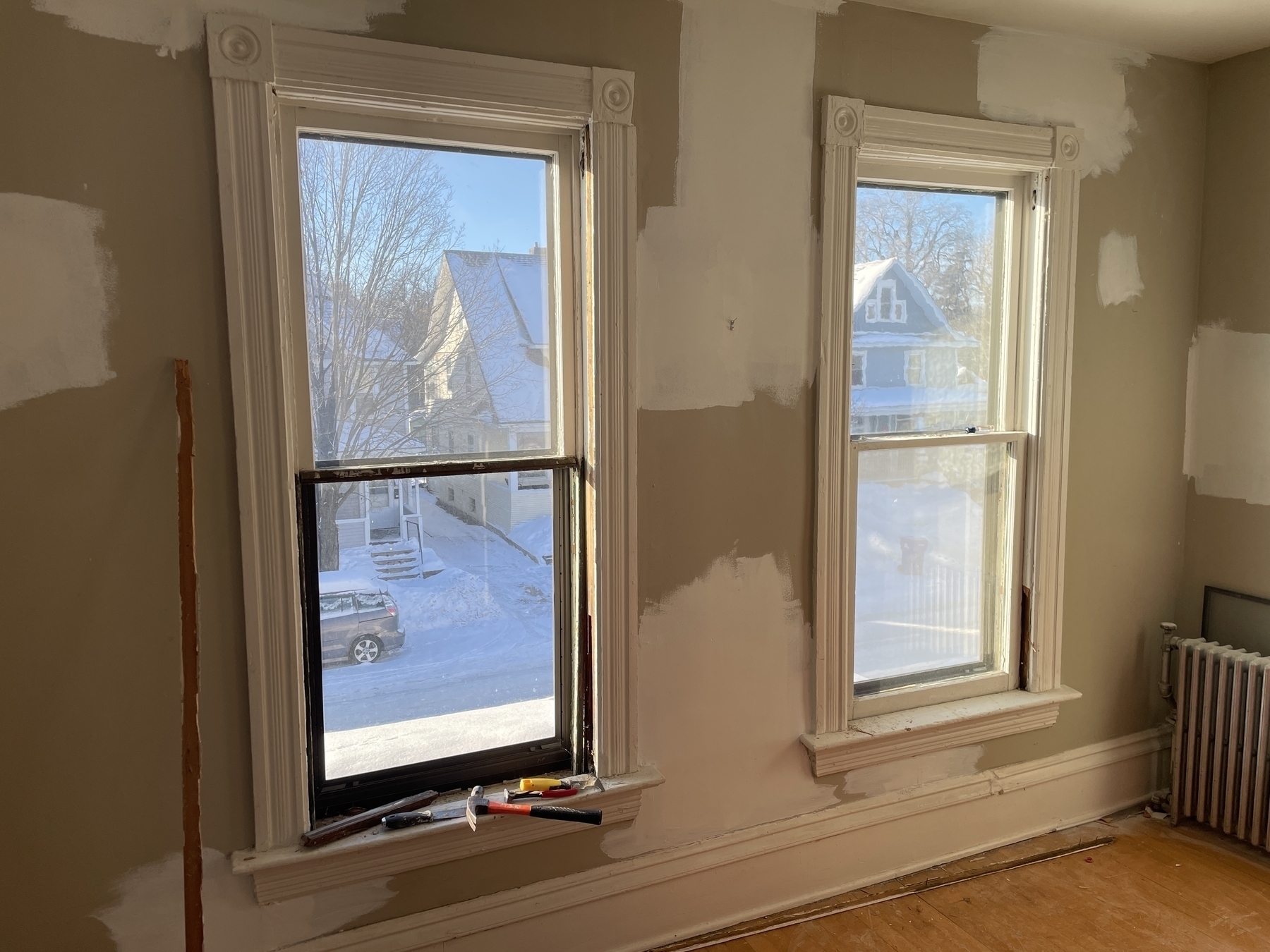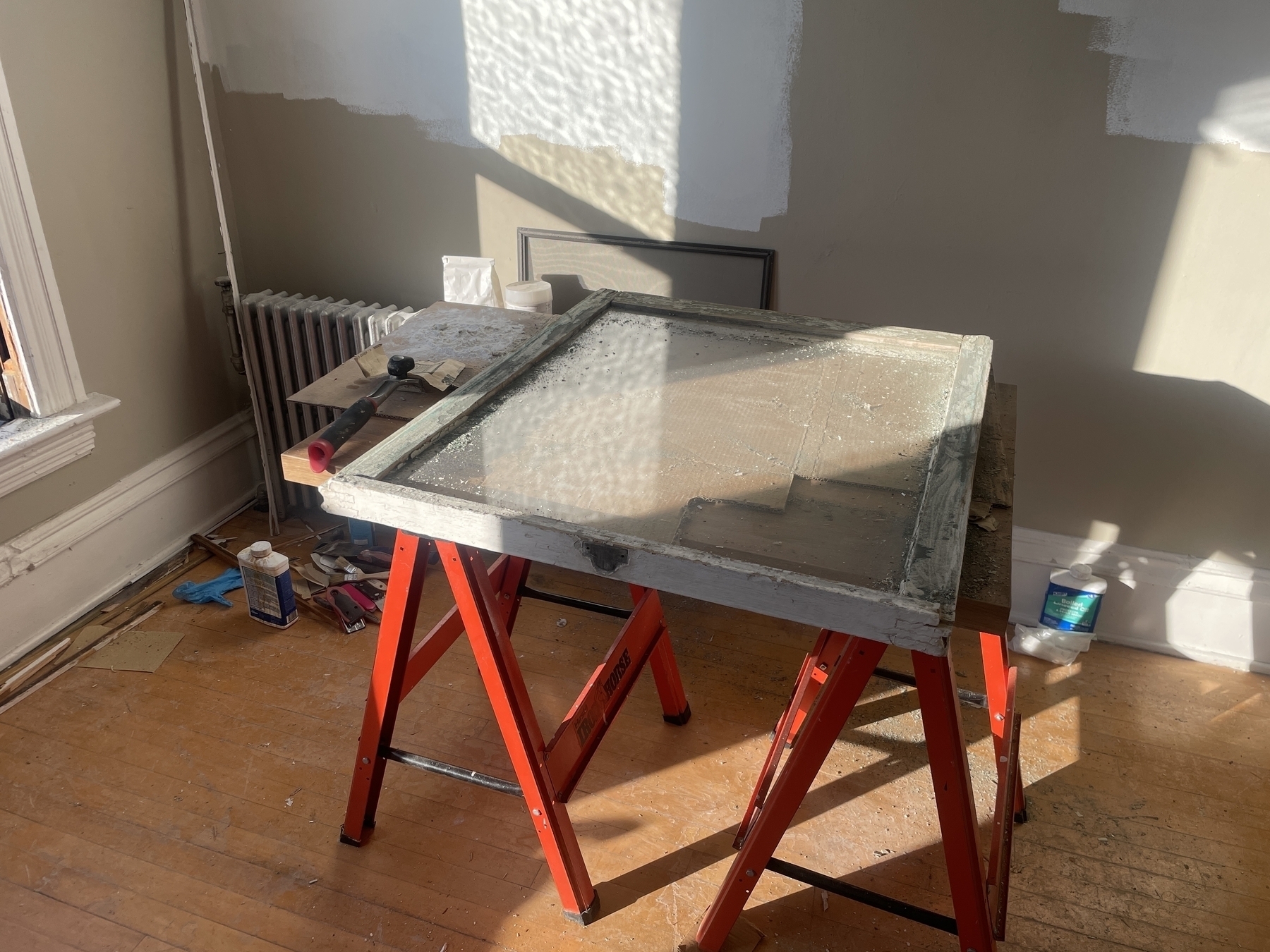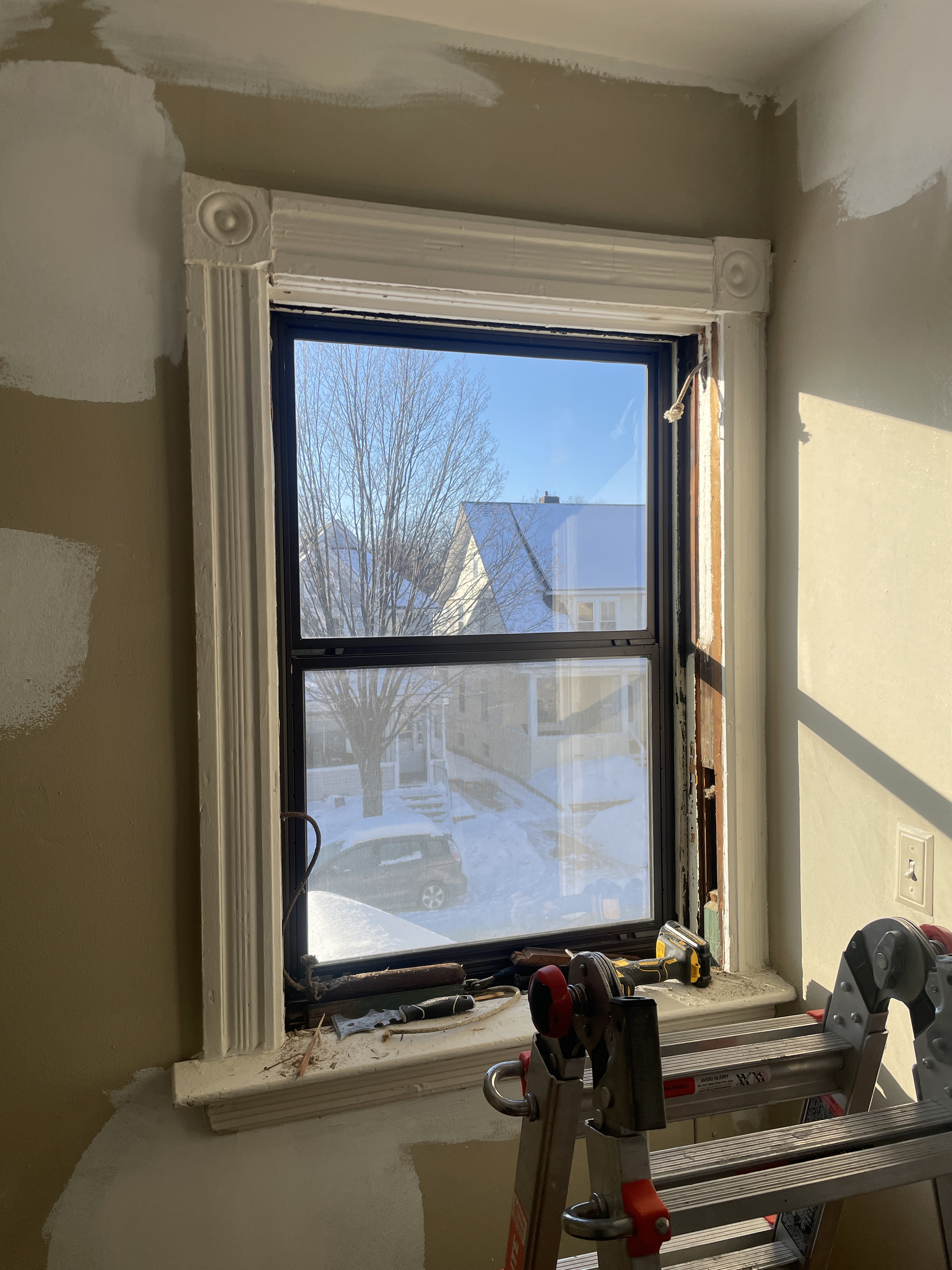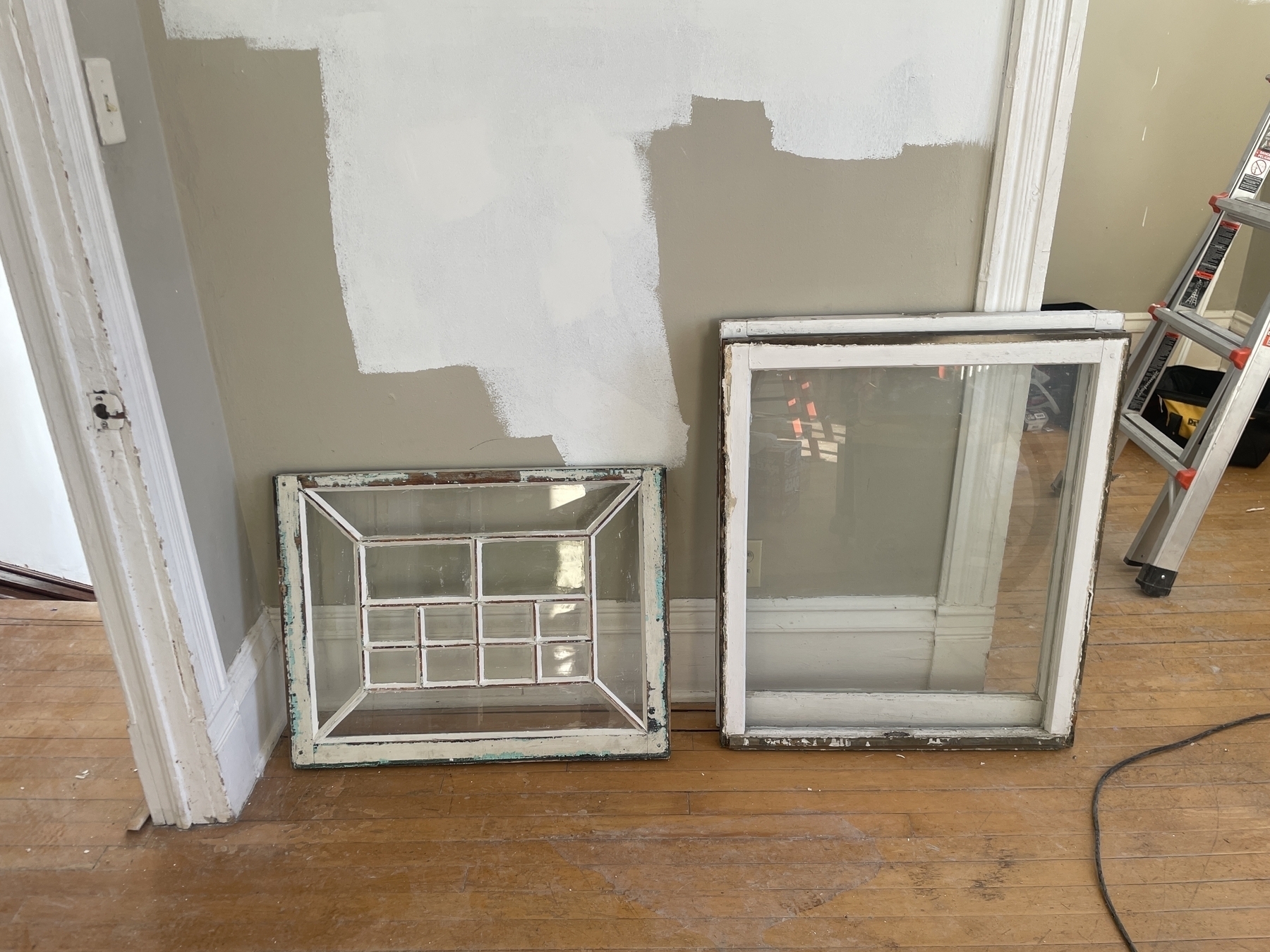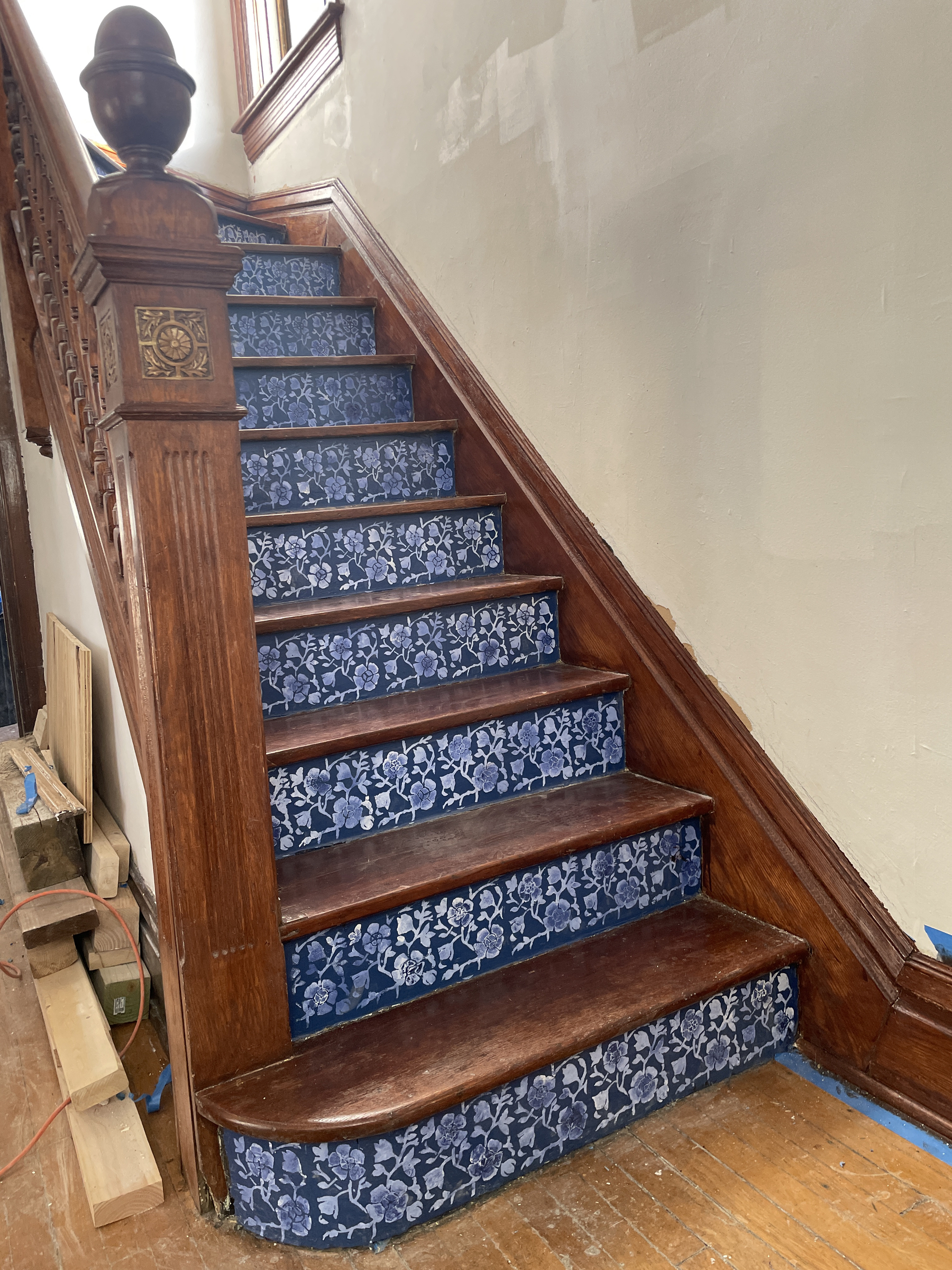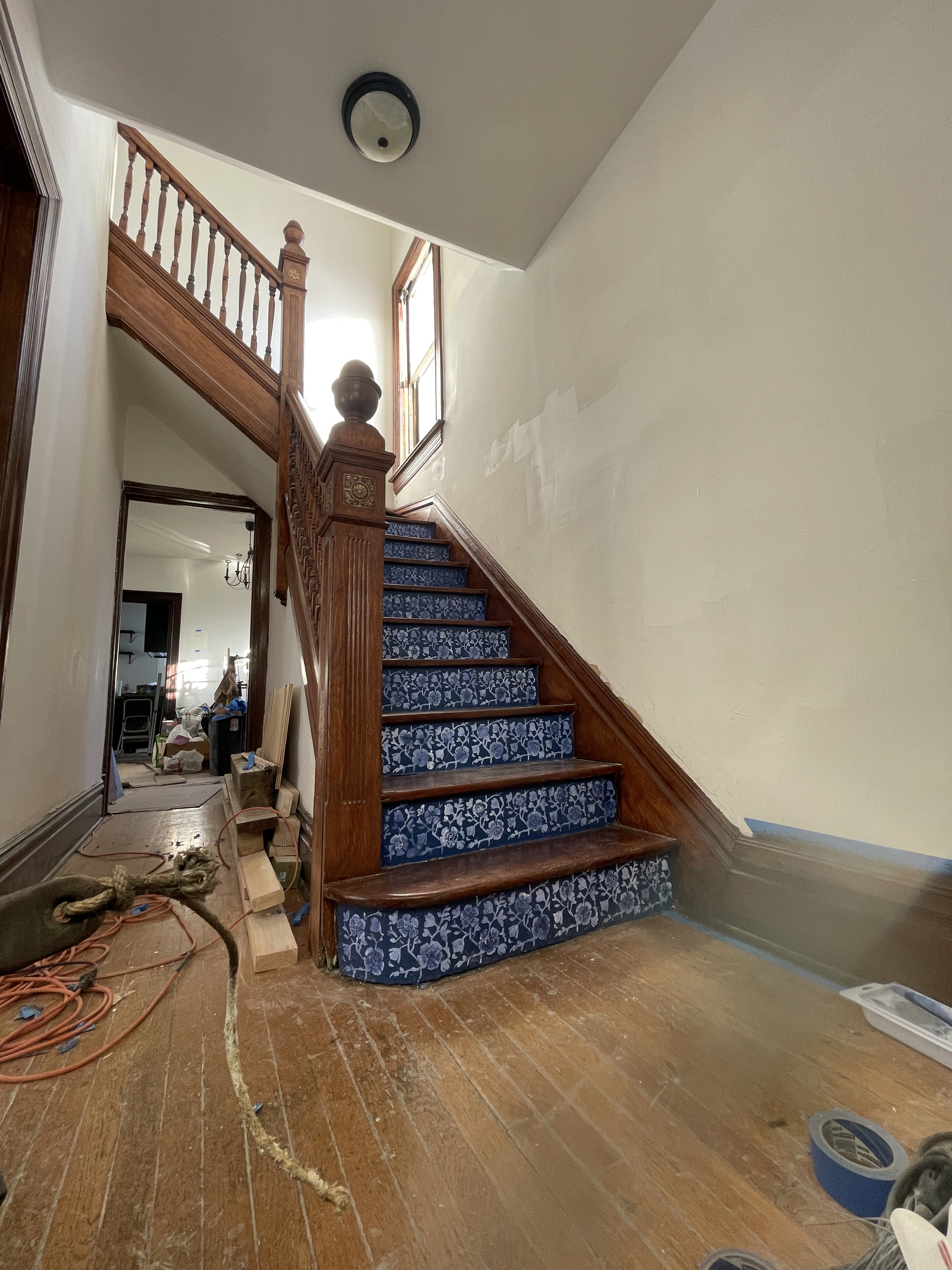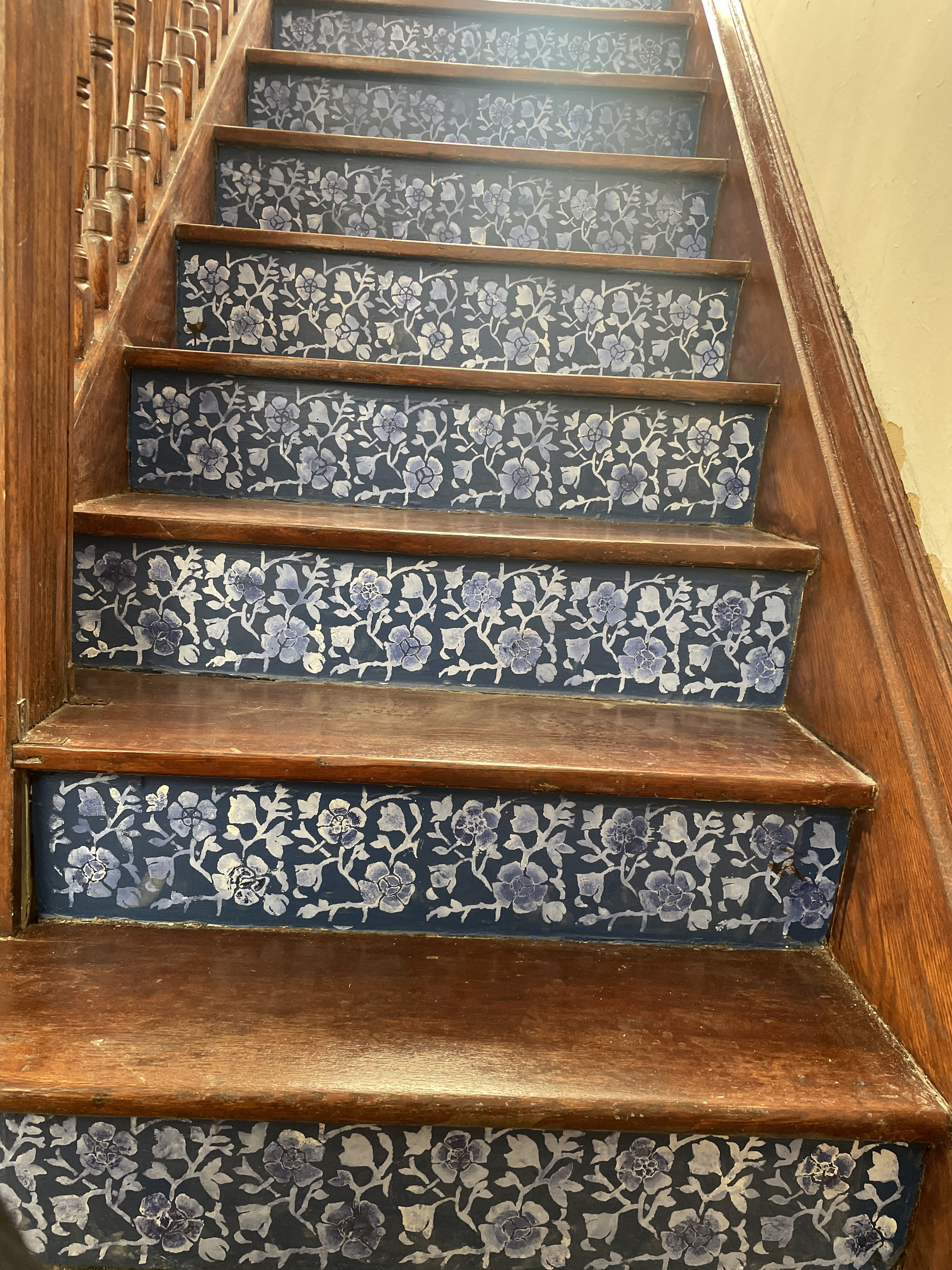Restoration Pro Tip: After removing the old paint and cleaning up your hardware, you may find some rusting if you use water for that (like I do). You can use WD-40 to clean off the rust and then hit it with a bit of spray lacquer to prevent further rusting and make the hardware “pop”.

Built to Maintain
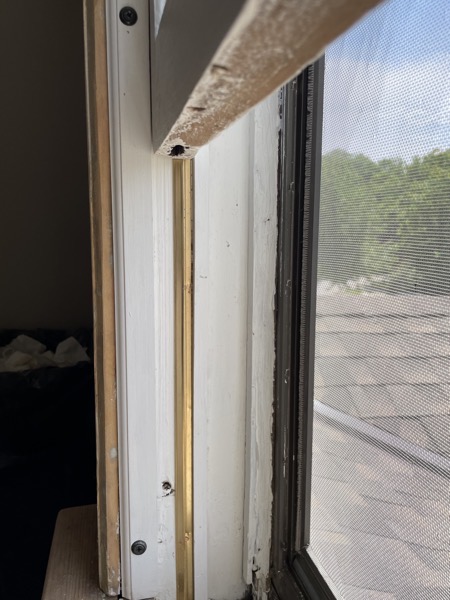
We often champion things that are built to last; as we should. But we should also recognize those things that are built to maintain. Which, in my mind, is a key element of lasting.
The windows I'm restoring at the Hague House are original to the house — 130 years old. They were not only built to last, they were also built to maintain. The sashes, stops, ropes, and weights were meant to be removed easily using nothing but a screwdriver. This way, one could replace broken parts, re-glaze the panes, or clean the exterior side.
Over the years, that maintenance was stifled by choices made for the sake of form over function. Nailing in the stops and/or caulking the seams may look better to some eyes, but they make maintenance difficult. The thinking might have been, "Hey, these were designed to last 100+ years so if we glue and nail these stops in it shouldn't matter, right?”
Well, as I've paraphrased before, design is not just how it looks, design is how it works. And, when that rope inevitably wears and breaks and the weight falls to the bottom, one will need more than a screwdriver to take things apart to fix it (not to mention to put them back together again).
This is why it's important to replace the weather striping for the windows with similar v-spring brass weather stripping. The original was rated to last for 100 years. So is the new stripping that is replacing it. This is why it's important to screw in the window stops decoratively, with a washer, so it both looks good and is easy to remove without damaging the stop in the process. This is why we've made sure the access panels for the weights are not painted shut. This is why we've made sure both the top and bottom sashes on each window work. These were to help regulate temperature and airflow in any weather.
So, while I'm restoring the windows from a visual perspective, I'm more focused on restoring them from a functional perspective. And, in my mind, restoring the ability to easily maintain is the most important part of what I'm doing.
The sinks and various related appliances were all connected today. So we now have a fully operational kitchen and partially operational mud room (still need to hook up the washer/dryer.)
Oh, and we (actually, Jason brainstorming) built a platform to raise up the utility sink a bit.
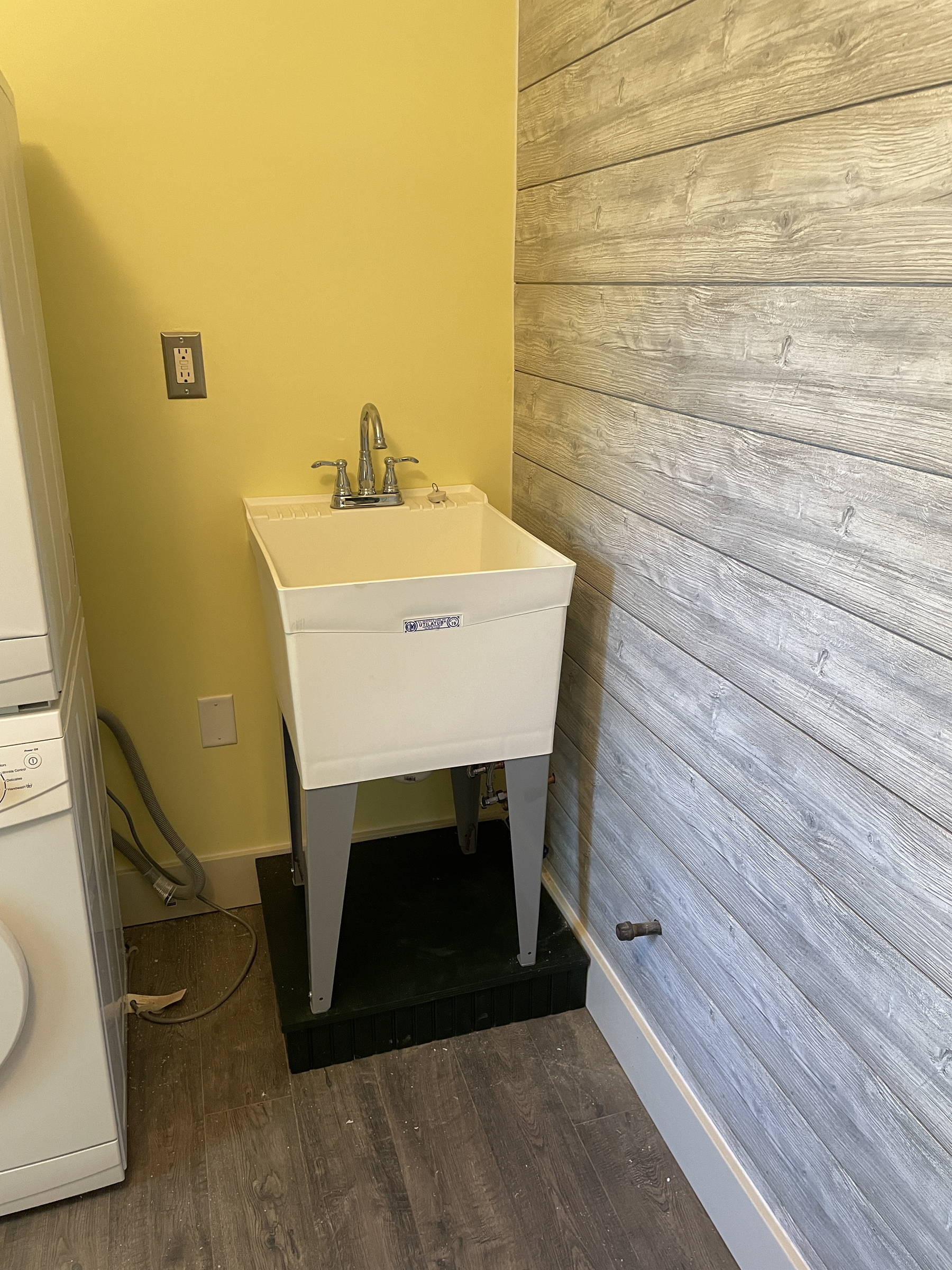
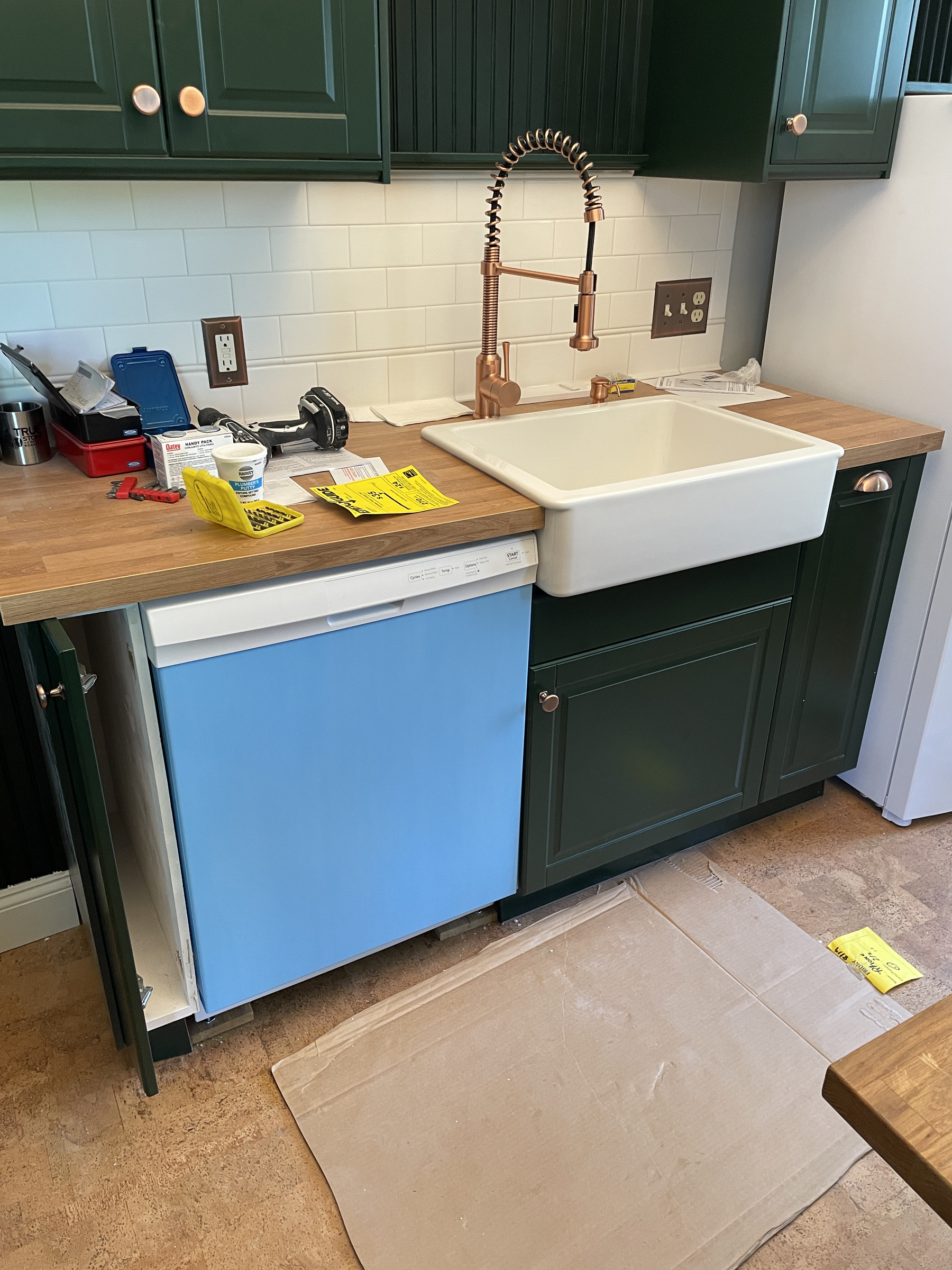
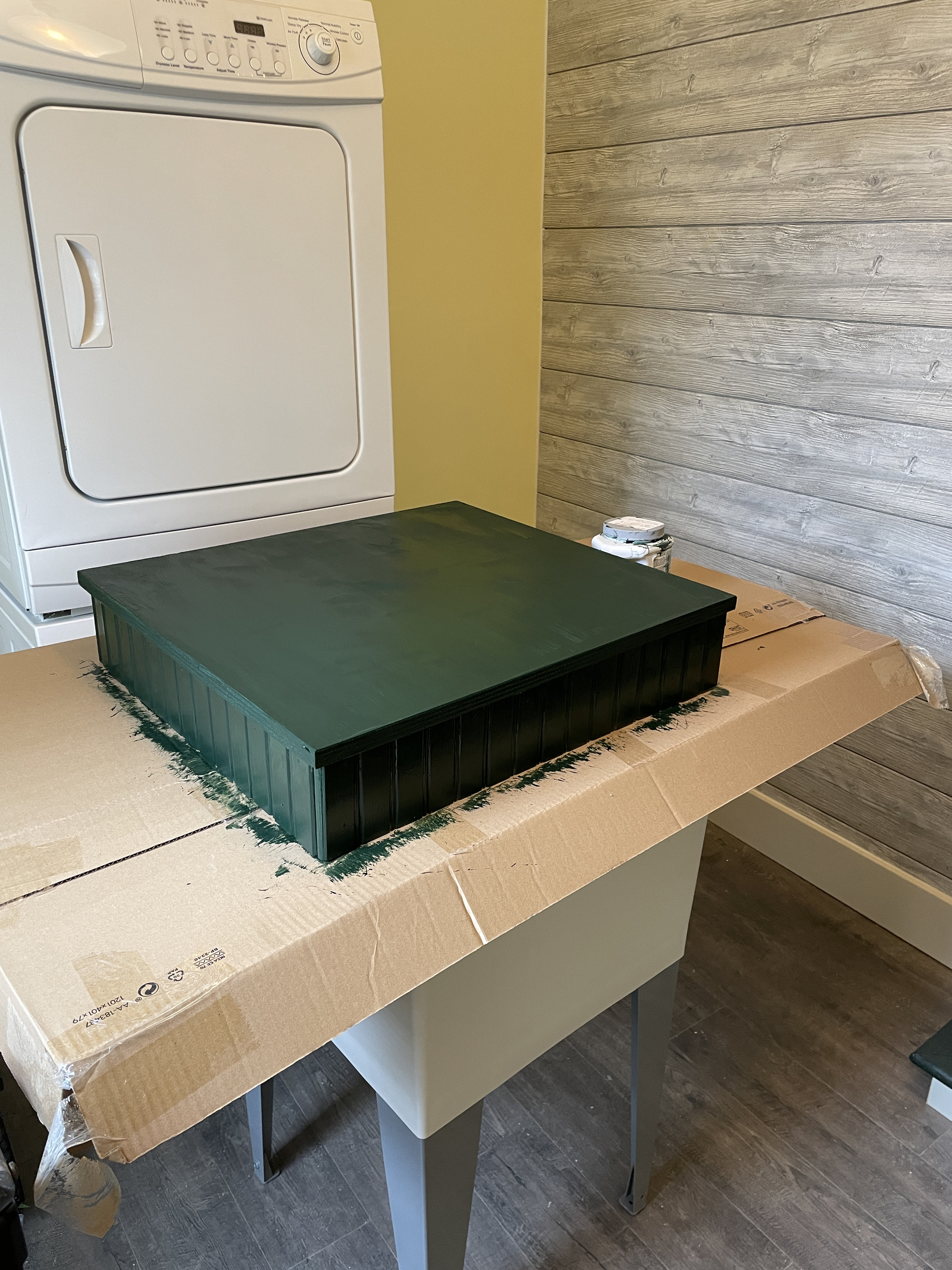
Next set of sashes restored. Once again, stops screwed in, not nailed, so easy to remove to clean or repair the sashes. As they were meant to be.
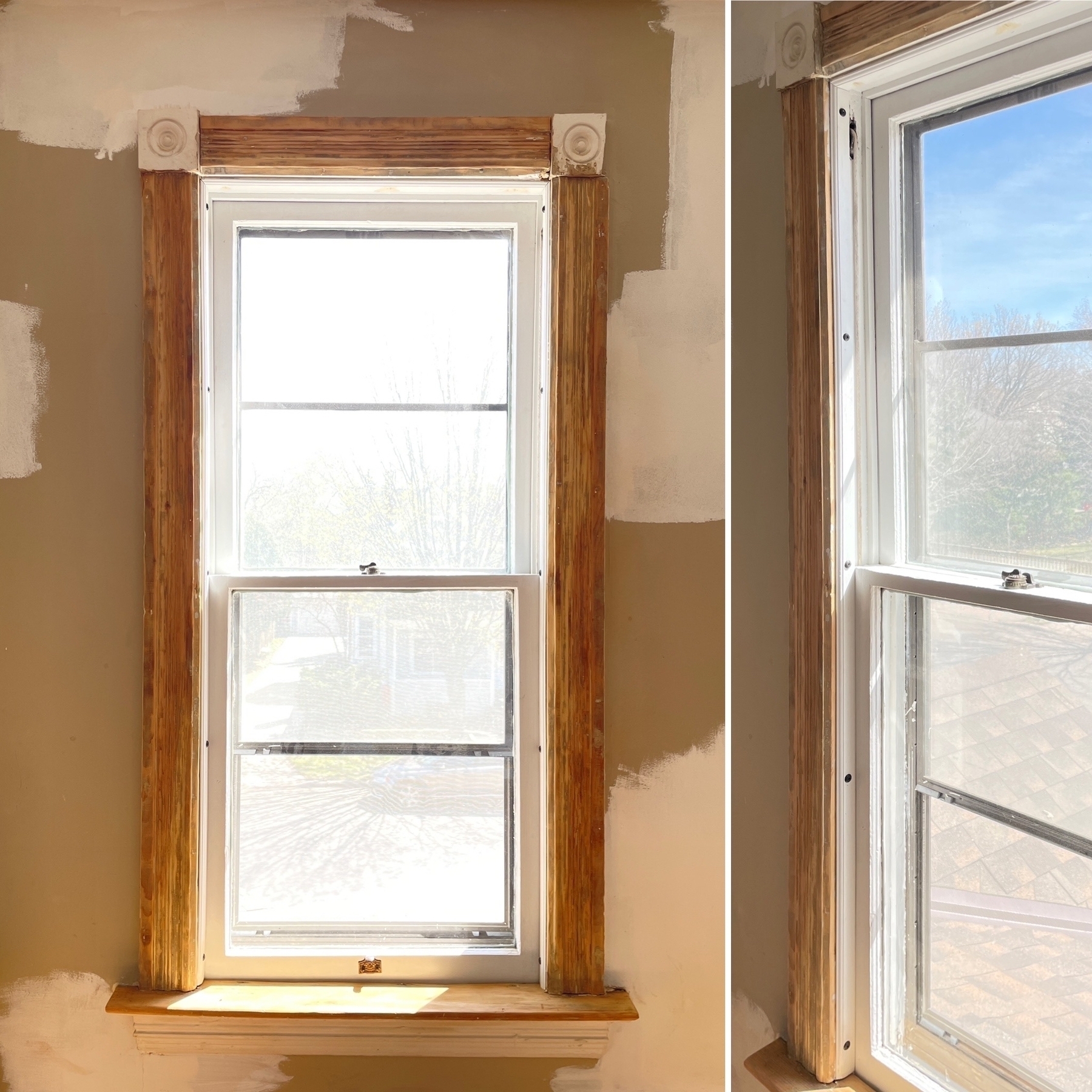
To try to give a better visual explanation of what I’m working on right now… Having already re-roped, weighted, and repaired the sashes to ensure all is is working order, I’m scraping and sanding the several layers of paint off of each window down to wood, making minor repairs where needed, then priming and painting them again.
Design is both how it works and how it looks. When done, the answer for these windows will be “beautifully”.
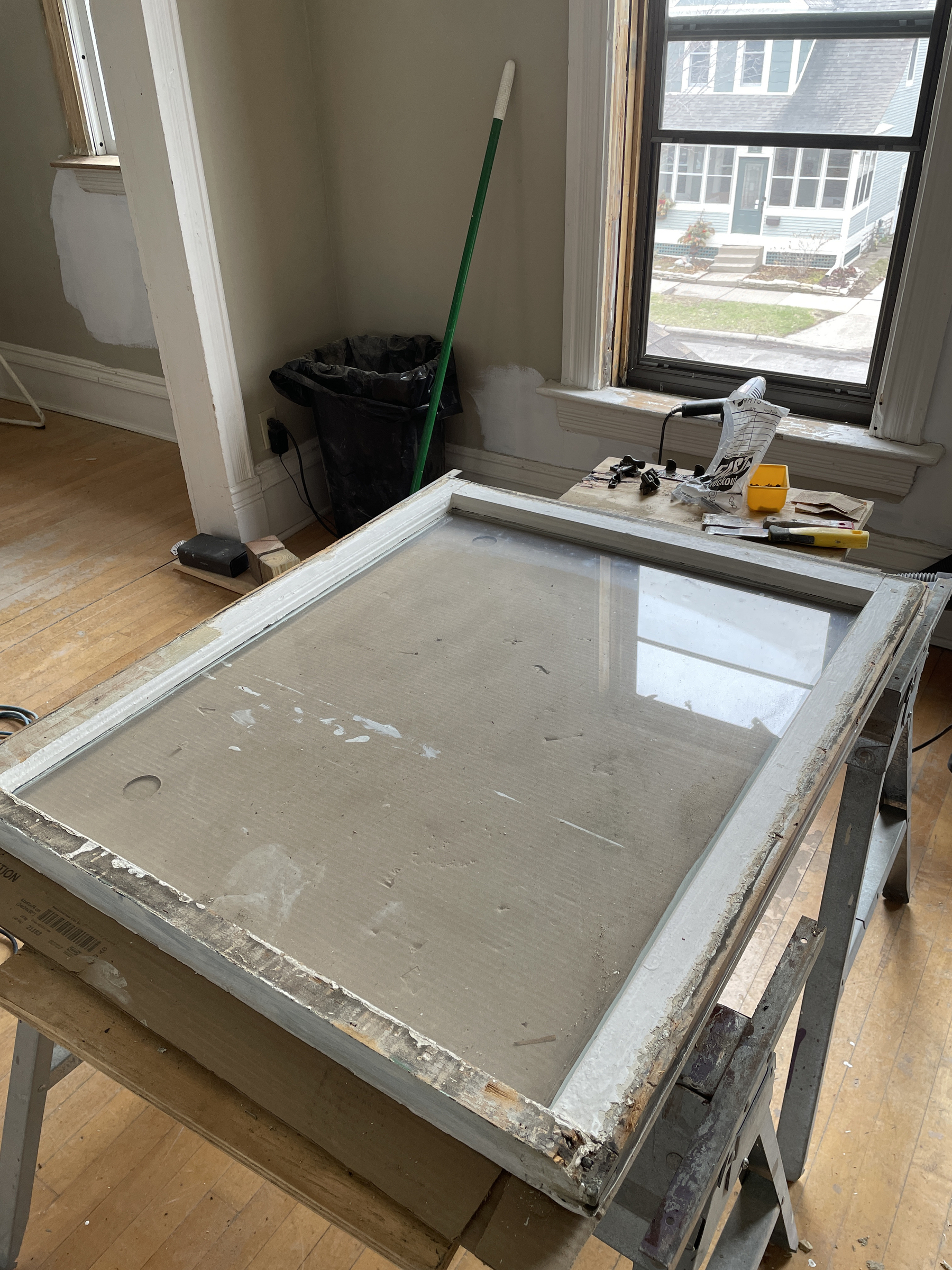
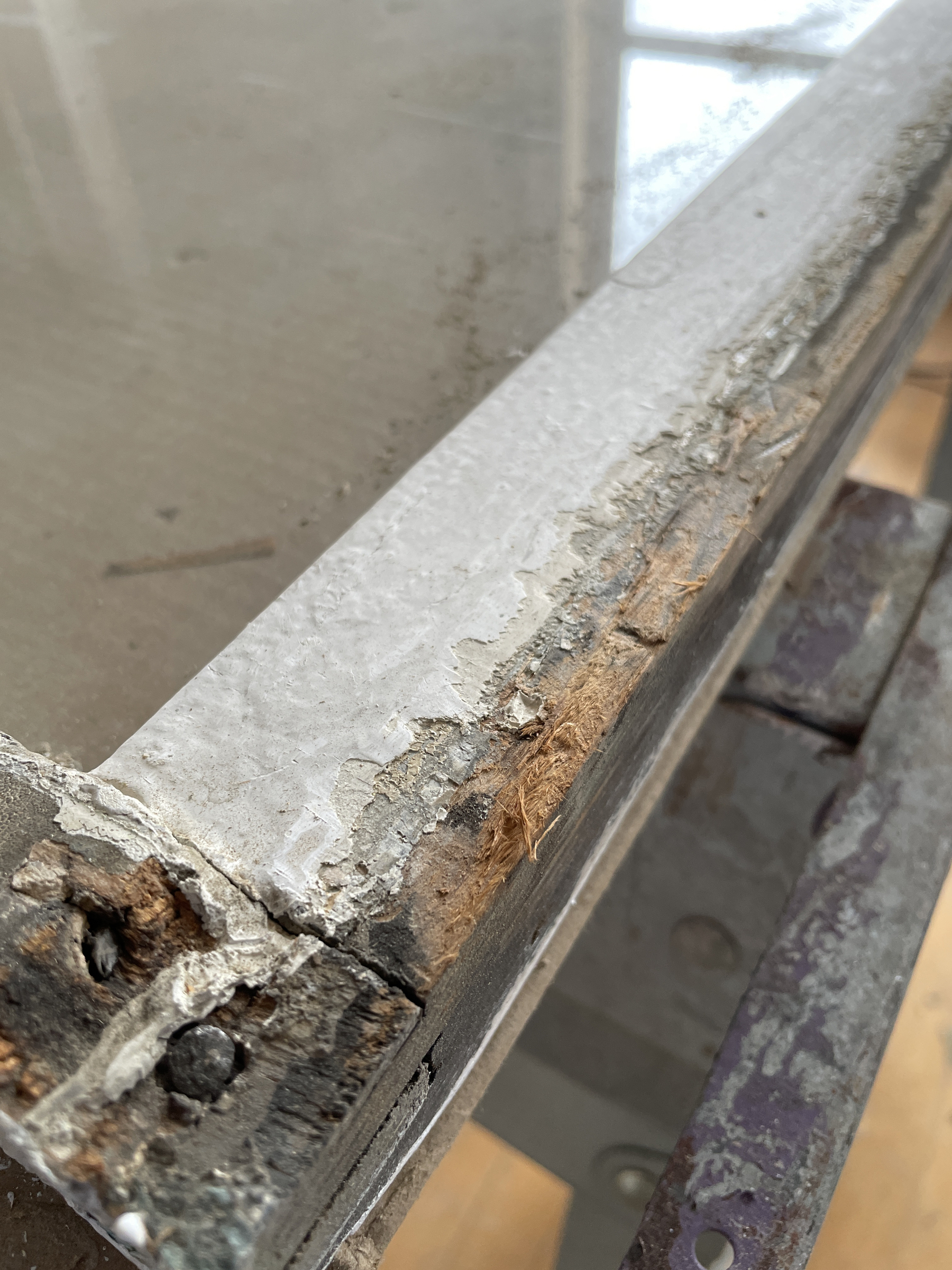
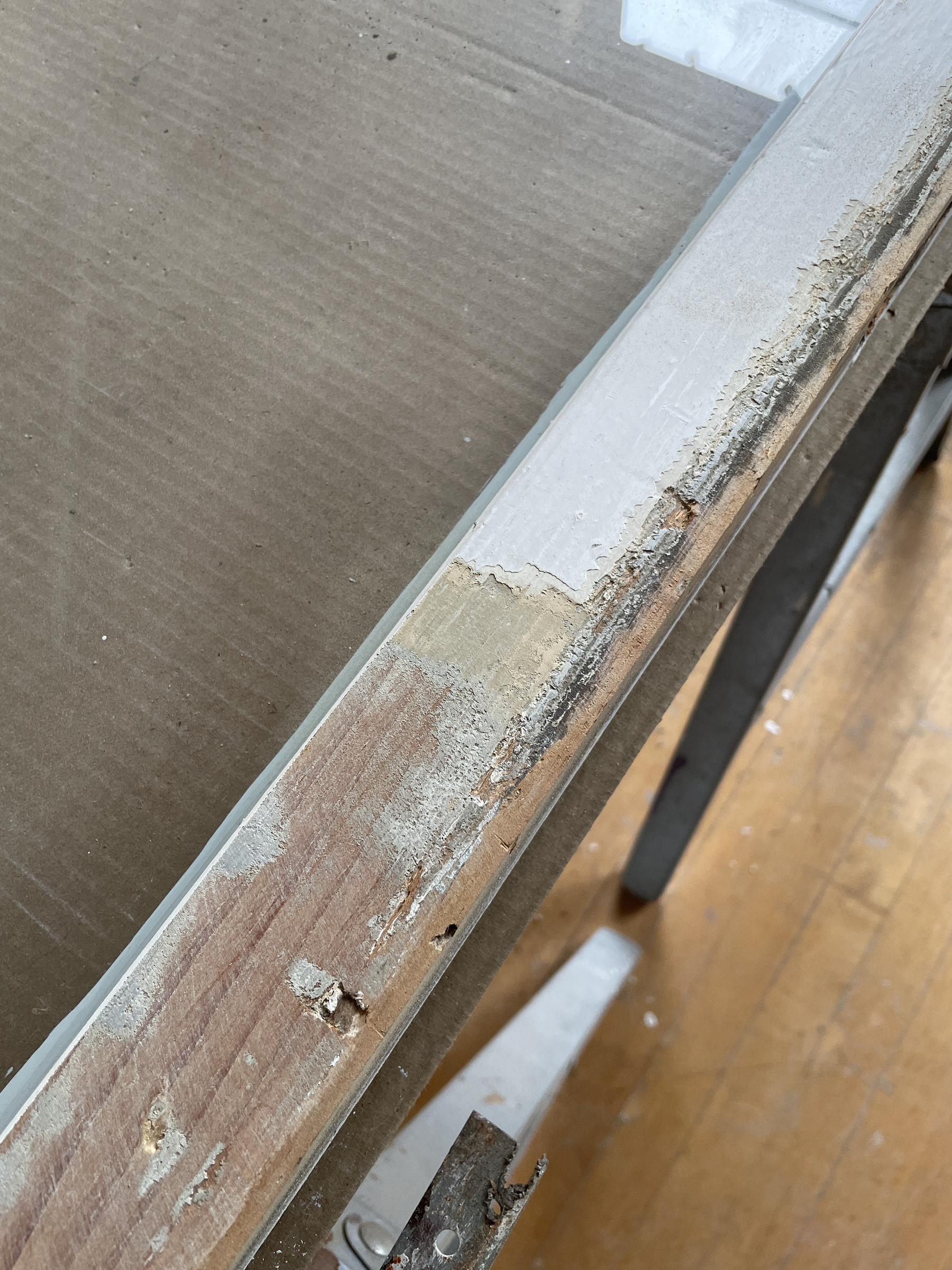
Window stops that are decoratively screwed in versus nailed in so one can easily remove the sashes to clean/repair them.
What we believe in.
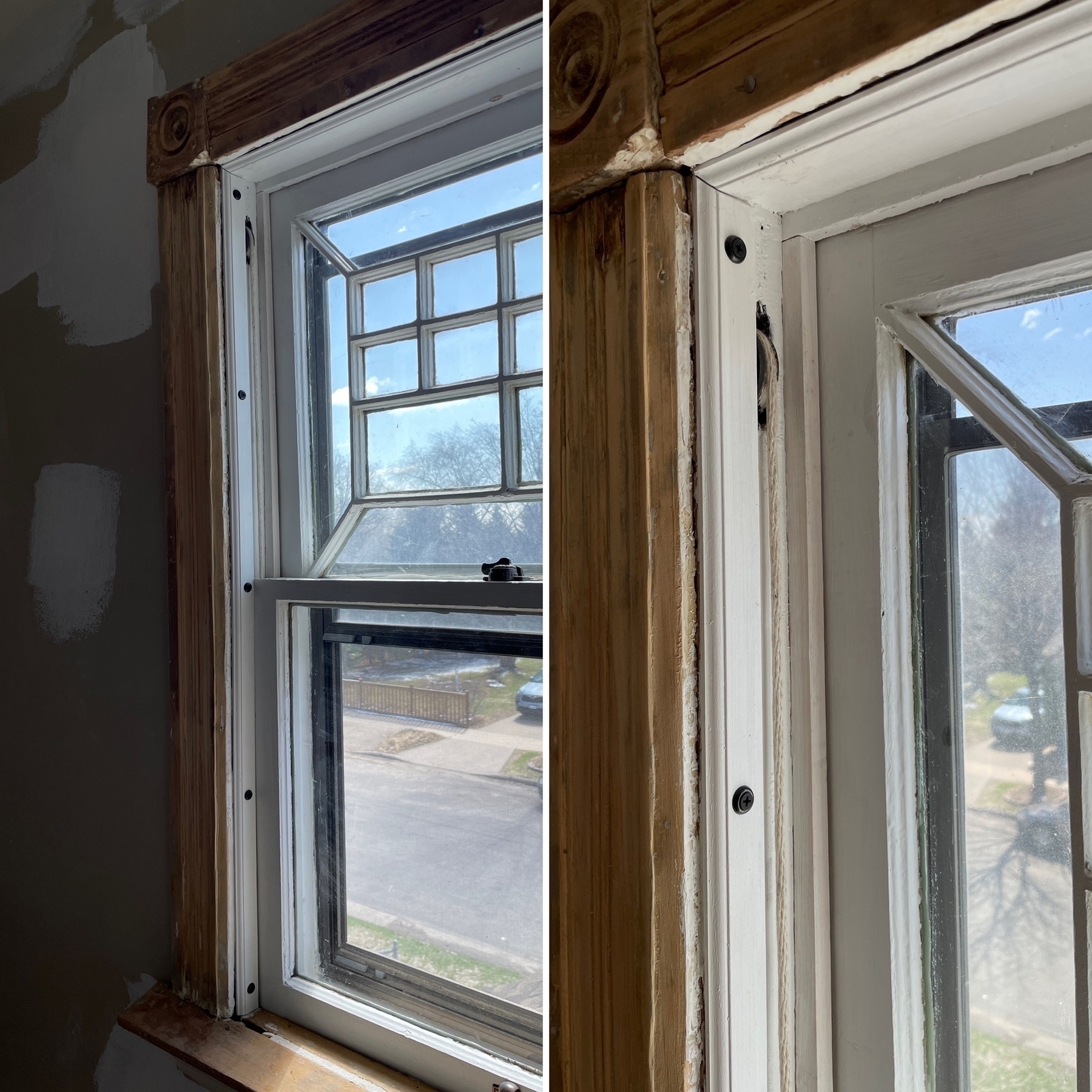
Meet Olivia
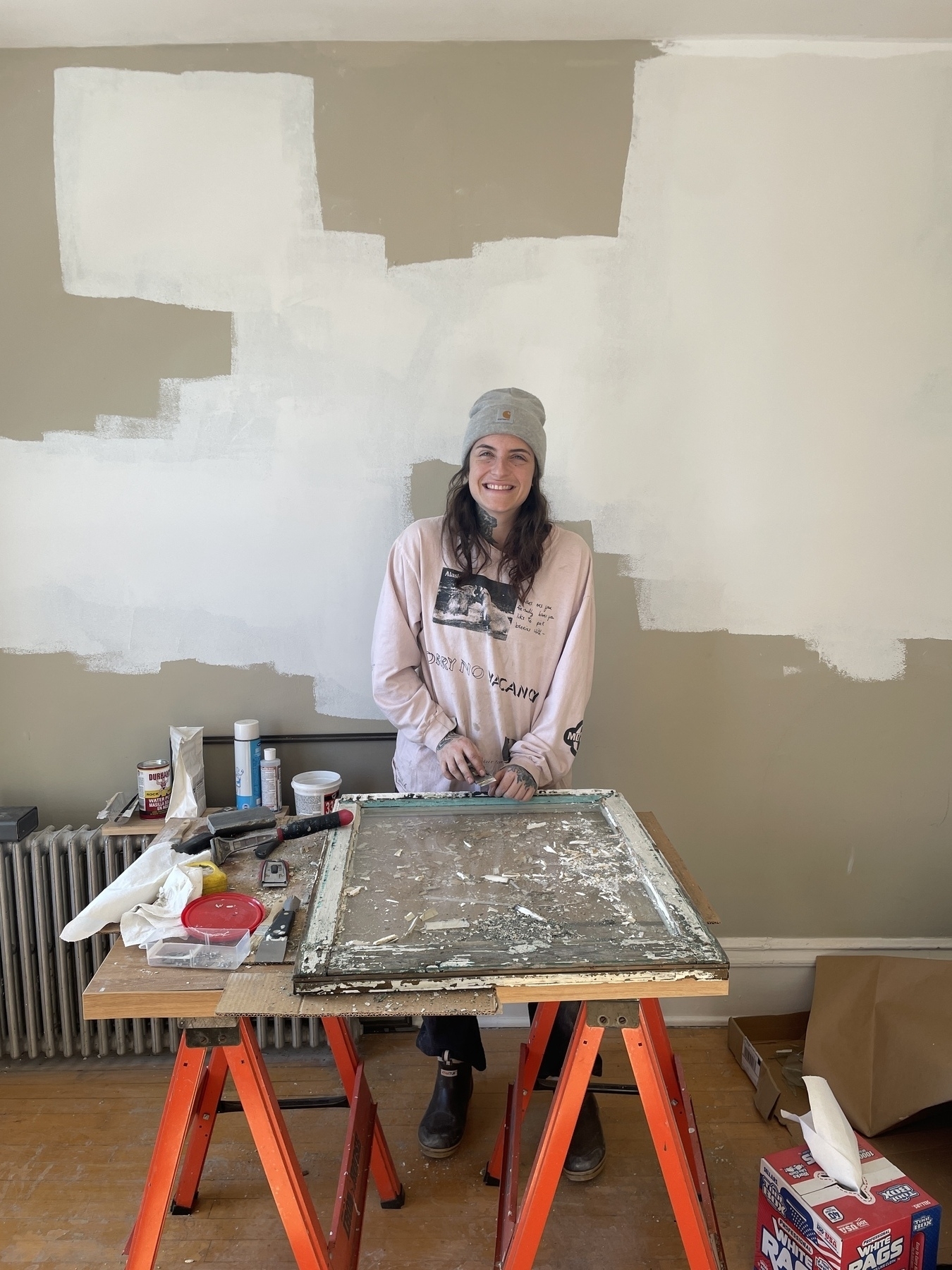
There’s so much I could say about Olivia. She is such an old soul full of stories. Yet, she tells them quietly — matter of factly. Listening to them you begin realize after the fourth or fifth one that this young lady has lived whole lives in the space most of us haven’t even finished living one.
Olivia is also an expert when it comes to windows. Any windows. Though she prefers to work on fancy windows — stained glass or leaded — the more complex the better, she will sometimes for a friend like me lower herself to work on ordinary rope and sash windows.
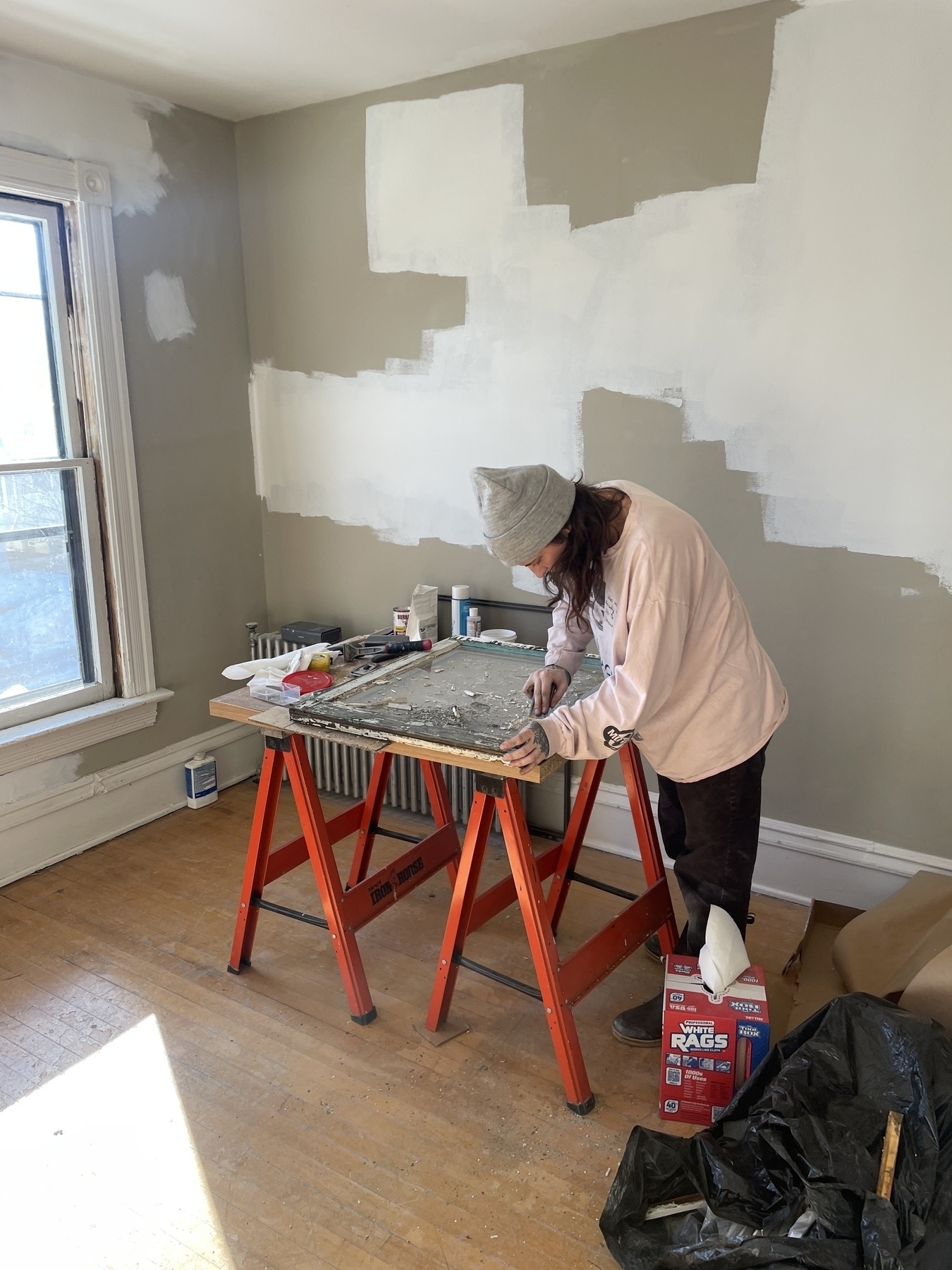
Olivia is making sure all of the windows in the Hague house, most of them original, work as well as the day they were installed. Re-glazing and repairing. Re-roping and proper weighing.
As our mutual friend Anders Christensen says…
Old double hung windows with glazing, ropes, and weights are designed to be repairable. “Big Window” has very successfully convinced the public and policy makers that replacing old windows with new windows is the environmentally responsible thing to do. It may not be the Big Lie, but it is one of the many Little Lies in the realm of restoration, renovation, and remodeling…
Old, original double hung windows with glazing, ropes and pulleys can be repaired, reconditioned, and restored with materials that are readily available at any good local hardware store. If you replace your original double hungs with new factory windows, you become completely dependent upon the manufacturer for parts and repair. If the manufacturer stops making the parts or if they cease operations, you are out of luck.
Also, you don’t need to buy new windows to get good performance…
We all know that most of the heat loss of a building goes out the top. Studies have shown that the difference between properly maintained original double hung windows and new windows is negligible. Thus removing old, original windows that can be reconditioned and sending them to the landfill to be replaced by new windows that require the extraction of new natural resources from the Earth and the energy involved in manufacturing and transportation makes no environmental sense whatsoever.
So, take it from Anders, Olivia, and me… Don’t replace. Repair.

Some stair details. Added coving to cover up gaps and imperfections. Also, adds some visual interest.
Next, will be throwing some lacquer over the stenciled risers to protect, shine, and give them “pop”.
